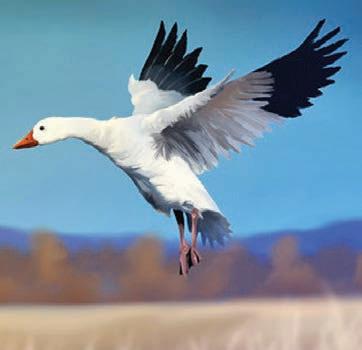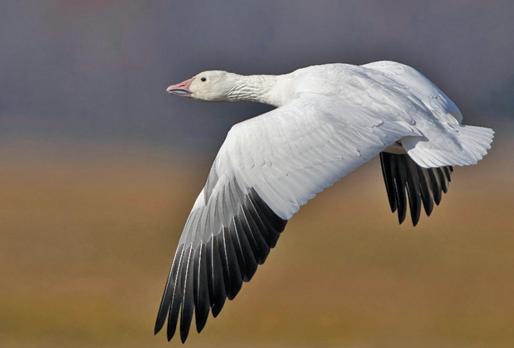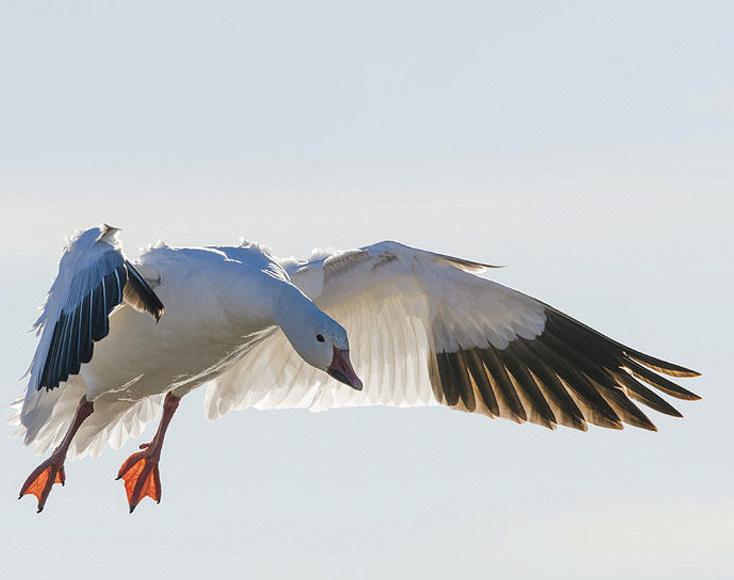








Welcome to the 2025 Snow Goose Festival on April 26 and 27, 2025 in Tofield, Beaver County, Alberta.
A committee of 11 organizations has been meeting regularly to repeat the successful festival held in April 2023 and 2024. Last year over 1,500 people took bus tours to see the migrating snow geese and other birds, and enjoyed hikes in the Beaverhill Natural Area to the Beaverhill Bird Observatory to watch migrant songbirds being banded.
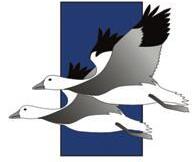
The festival was established as a celebration of spring bird migration, an opportunity for everyone to view the many species of birds that pass through central Alberta on their migration northward.
The festival will include guided bus tours, hiking tours, a trade show, speakers, and other associated activities based out of the Tofield Arena, and an evening banquet at the Tofield
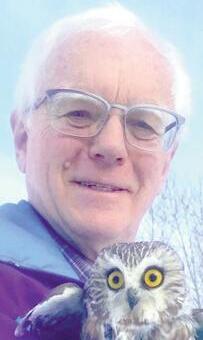
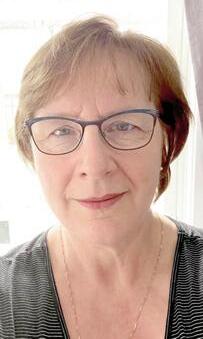
Community Hall with a guest speaker. Organizations that are represented in the organizing committee include; Town of Tofield Beaverhill Bird Observatory, Beaver County, County of Strathcona, North American Waterfowl Management Plan, Canadian Wildlife Service, Nature Alberta, Edmonton
Nature Club, Beaver Hills Biosphere, Alberta Conservation Association, and WILD North.
On behalf of the committee, we thank you for participating in the Festival and supporting the trade fair in the Tofield Curling Rink. We thank the Tofield Mercury for facilitating and producing this souvenir edition.
Thank you for your interest.
Yours truly Geoff Holroyd and Vanita Eglauer
On behalf of the 2025 Snow Goose Festival Organizing Committee.
BY GEOFF HOLROYD, co-chair, Snow Goose Festival Organizing Committee
The white colour of the fields in Beaver County on April 27-28, 2024 wasn’t snow drifts left over from the last flurry of winter. Rather, large flocks of Snow Geese were scattered throughout the county sometimes in huge flocks on cultivated fields and adjacent ponds.
Pleasant temperatures and sometimes calmer winds greeted the public that attended this second consecutive Snow Goose Festival, the 12th counting those from 1993 to 2002.
Before the festival, the Tofield Mercury produced a 16-page newspaper souvenir issue with interesting articles about spring, geese, flu, among other topics. Over 6,000 copies were distributed throughout the region along with radio and TV interviews to promote the festival to the public.
A total of 1,504 people bought tickets for the various events. The headquarters of the Festival was the Tofield Arena which had over 20 vendors and environmental groups with educational and interactive displays for the visitors.
Kids could enjoy activities at the Nature Alberta and Backyard Birds Nature Shop booths, hold a Burrowing Owl and Red-tailed Hawk at the Beaverhill Bird Observatory booth, and learn from the many other stores and displays in the arena.
Before and after the tours, the public could get food and refreshments at the Tofield Curling Club concession in the arena.
Four speakers made presentations during the day on topics including Avian Flu, Snow Goose Management, Bird Trends and Trumpeter Swan
recovery.
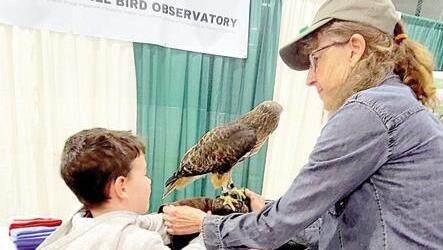

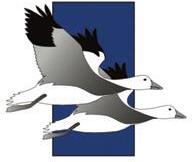
April 26-27, 2025
BY M.J. PYBUS Fish and Wildlife Stewardship, Alberta Environment and Protected Areas
Waterfowl managers and wildlife disease specialists have tracked Avian Influenza Virus (AIV) for many decades. This ancient virus has a longstanding but ever-changing relationship with wild waterfowl, particularly ducks, geese, and shorebirds around the world.
New forms of the virus constantly appear, wild waterfowl populations generate protective immunity to the new forms, and life goes on.
But a new form of AIV that appeared in North America in late 2021/early 2022 caused quite a ripple in the relationship between the virus and the birds. It was a new highly pathogenic (=deadly) form of H5N1 Avian Influenza Virus that was associated with mortality of wild waterfowl as well as other species of wild birds and mammals that ate waterfowl that were sick or died with the virus.
In Alberta the mortality was most noticeable in snow geese, great horned owls (adults & owlets), red-tailed hawks, magpies, crows, cormorants, grebes, ravens, and peregrine falcons.

In addition, a few young red fox and a large number of sick or dead adult and young striped skunks that ate sick or dead birds also succumbed to the virus. Mortality was particularly concentrated in central Alberta during spring migration in April and May 2022. At the same time, many poultry operations in the province detected the same virus in domestic chickens, ducks, geese, and turkeys. Poultry at these sites either died or were depopulated in order to prevent further spread of the disease.
Over the next year, the highly pathogenic form of H5N1 expanded its geographic range and systematically spread south through Central and South America and all the way to Antarctica. In conjunction with evidence of the original H5N1 source in
☐American Avocet
☐American Coot
☐American Crow
☐American Kestrel
☐American Robin
☐Bald Eagle
☐Barn Swallow
☐Black-capped Chickadee
☐Black-necked Stilt
☐Blue Jay
☐Blue-winged Teal
☐California Gull
☐Canada Goose
☐Canvasback
☐Cinnamon Teal
☐Common Grackle
☐Cooper’s Hawk
☐Dark-eyed Junco
☐Downy Woodpecker
☐Eurasian Wigeon
☐European Starling
☐Franklin’s Gull
☐Gadwall
☐Great Blue Heron
☐Greater Scaup
☐Greater White-fronted Goose
☐Greater Yellowlegs
☐Green-winged Teal
☐Hairy Woodpecker
☐Hermit Thrush
☐Horned Lark
☐House Finch
☐House Sparrow
☐Hudsonian Godwit
☐Killdeer
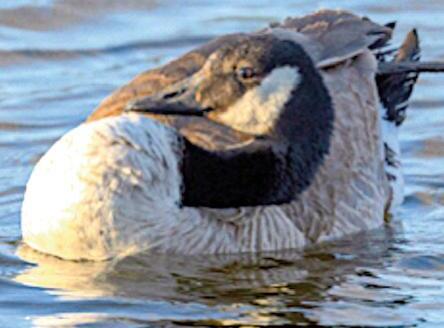
Europe, Asia, and Africa, the HPAI H5N1 had established a worldwide presence in wild waterfowl – the very definition of a pandemic.
However, as with all things relating to influenza viruses, the situation did not remain the same in subsequent years. We did not see similar AIV mortality in 2023 or 2024. And quite the opposite, there was more HPAI activity in fall (Oct, Nov) than in spring. As an example, in 2024, in October and November we detected a few cases in southern Alberta where Canada geese and a few mallards overwinter on open waters. And an interesting cluster of cases in winter 2024/25 involving a few ravens and magpies as well as a
☐Lapland Longspur
☐Lesser Scaup
☐Lincoln’s Sparrow
☐Mallard
☐Marbled Godwit
☐Merlin
☐Northern Flicker
☐Northern Harrier
☐Northern Pintail
☐Northern Saw-whet Owl
☐Northern Shoveler
☐Orange-crowned Warbler
☐Pied-billed Grebe
☐Pileated Woodpecker
☐Purple Martin
☐Redhead
Red-tailed Hawk
Red-winged Blackbird
☐Ring-billed Gull
☐Rock Pigeon
☐Ross’s Goose
☐Rough-legged Hawk
☐Ruddy Duck
☐Ruffed Grouse
☐Sandhill Crane
☐Savannah Sparrow
☐Say’s Phoebe
☐Sharp-shinned Hawk
☐Snow Bunting
☐Snow Goose
☐Solitary Sandpiper
☐Song Sparrow
☐Swainson’s Hawk
skunk and a bobcat near open stretches of the Bow River near Calgary.
It seems the ‘hot’ form of the virus that circulated in 2021/22 changed and became less virulent. At the same time, global waterfowl populations developed protective immunity that restricted the virus success and largely eliminated influenza-related mortality in ducks and geese. As a result, the number of infections in predatory or scavenging birds and mammals also declined.
While the number of infections dramatically decreased since 2022, H5N1 did take on a broader ability to infect some mammals, a feature not normally associated with avian influenza viruses. The list of species in which HPAI H5N1 has been detected continues to slowly increase – cumulatively, over 20 different species of marine or terrestrial mammals in North America.
Most noticeably, AIV was able to infect some dairy cattle in the US and as cattle moved from one location or one state to another, they took H5N1 with them. The virus also was present in their milk and subsequently passed on.
Continued on Page 18
☐Tree Swallow
☐Tundra Swan
☐Turkey Vulture
☐Western Meadowlark
☐White-crowned Sparrow
☐White-faced Ibis
☐Willet
☐Yellow-headed Blackbird
☐Yellow-rumped Warbler
CODE OF ETHICS for Birdwatchers
DO NOT TRESPASS on private land without the landowner’s permission.
Avoid repeated disturbance or flushing of birds. Keep your distance and ensure that your presence does not disrupt the normal resting, feeding, breeding and nesting behaviour of birds. Repeated disturbance can reduce energy levels needed by migrating birds as well as those raising young. It can also increase their vulnerability to predation.
On public land, such as the natural area, use established access points and stay on developed trails to avoid unnecessary trampling of vegetation.
Ensure that you take back with you everything that you brought. Leave no litter. Most bird-watching access areas around Beaverh ill Lake are user-maintained.
Show courtesy towards fellow birdwatchers, other recreationists and landowners. Don’t interfere with their activities and show a friendly disposition in sharing observations and providing directions.
If you live in or have spent time in Tofield or in the surrounding areas of Beaver County, you’re probably familiar with the local geography that surrounds you – the boreal mixed wood forest and the hummocky “knob and kettle” terrain of the Beaver Hills (or Cooking Lake Moraine, another term for the area) that forms a patchwork of depressional areas, many of which support wetlands, small lakes and streams.
The Beaver Hills, known as amiskwaciy in Cree, is an important place that provides a diversity of productive, critical habitat to many species of wildlife and migratory bird species. But the importance of the region extends beyond its exceptional landscape and biodiversity.
From its millennia long and rich heritage as an important place for Indigenous Peoples, to subsequent fur trade era and colonial settlement, the region is home to many people, past and present.
It is a region unlike others. In fact, the geographical and biodiversity uniqueness and the historical and cultural significance of the Beaver Hills, coupled with the active conservation that has taken place here since the end of the 19th century, has earned it a
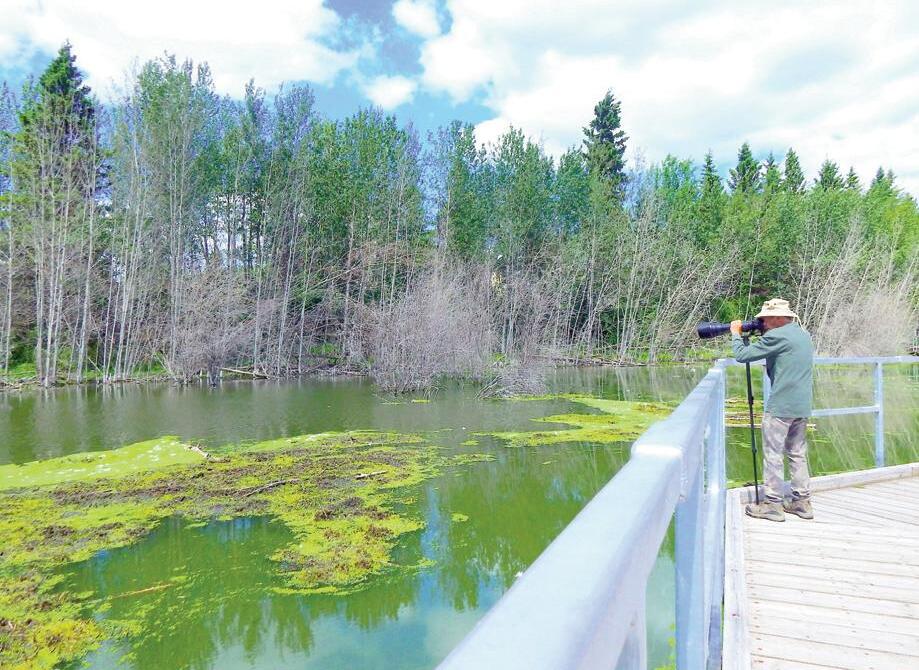
place as a priority natural area in the greater Edmonton region and well beyond. This is why the Beaver Hills was designated as a biosphere on March 19, 2016, by the United Nations Educational, Scientific and Cultural Organization (UNESCO), joining the worldwide network of 738 biospheres in 134 countries.
You’re probably wondering, what are UNESCO-designated biospheres? Simply put, they are distinct regions in
which people live and work in harmony with nature. This means that local communities and interested stakeholders collaborate on:
• conservation of biodiversity and cultural diversity,
• economic development that is culturally and environmentally sustainable, and
• research, monitoring, education and training.
The Beaver Hills Biosphere isn’t just

one organization.
The Biosphere represents the coming together of many partners focused on researching, understanding, building capacity and implementing innovative efforts that conserve biodiversity, support communities, facilitate sustainable development, and mitigate environmental change in this resilient Alberta landscape.
But it isn’t all work and no play. The distinctive character, ecology and history, and the designated parks and protected areas that account for a quarter of the region, make it an incredible place to experience nature. There are numerous and diverse recreational activities and tourism opportunities in the Beaver Hills. From hiking to wildlife watching to camping and stargazing and more, the possibilities are endless.
So, the next time you are travelling west from Tofield, along Highway 14 passing South Cooking Lake, or going south to visit Miquelon Lake or heading north towards Elk Island National Park, remember you’re seeing and experiencing the Biosphere in your backyard.
Learn and experience more at beaverhills.ca.


BY: JON VAN ARRAGON
In the last 50 years, populations of migratory forest birds in Canada have declined by roughly 17%.
Using historical data collected during BBO’s forest breeding bird census program, I have analyzed how populations of forest songbirds are changing in the Beaverhill Natural Area, as well as what kind of habitat the birds seem to prefer.
The forest breeding bird census involves surveying the same area at least 6 times throughout the summer breeding season, and designating areas where a bird is consistently seen or calls on multiple surveys as breeding territories.
elling, clusters of bird sightings can be identified mathematically instead of relying on human interpretation.
I also used the sightings data to create heat maps of the study area so I could evaluate which areas of the forest were most commonly used by breeding birds. These maps show that most species prefer the aspen dominated forest, except the Red-eyed Vireo which shows little preference. Least Flycatcher was the most abundant species followed by Yellow Warbler, Northern House Wren and Warbling Vireo. Baltimore Oriole and Red-eyed Vireo were less common.
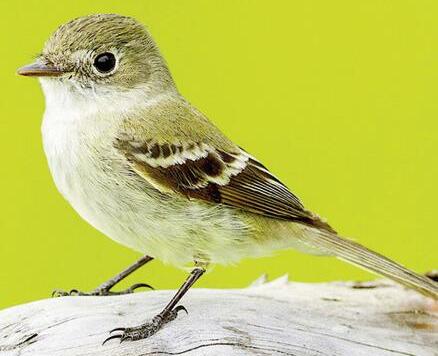
I took this a step further and added some mathematical modelling to the process: using a technique called nearest neighbour spatial hierarchical mod-
Over the past 8 years, the populations of forest birds like Warbling Vireo, House Wren, and Red-eyed Vireo seem to be relatively stable within the natural area.
Another encouraging observation was that populations of Yellow Warbler and Baltimore Oriole seem to have
increased locally in the natural area. The only species that seems to be declining is one of the most common species in the natural area: the Least Flycatcher.
If you’ve ever visited BBO during the spring, the Least Flycatcher’s ‘cheBEK’ song is one of the most plentiful ones all throughout the forest.
This study and others have found that Least Flycatchers are more plentiful in the natural area than other sites, but the local population declines seem to be similar to those observed across the province. By continuing research on this species and others, we hope to aid the conservation of this species and the preservation of its critical habitats.
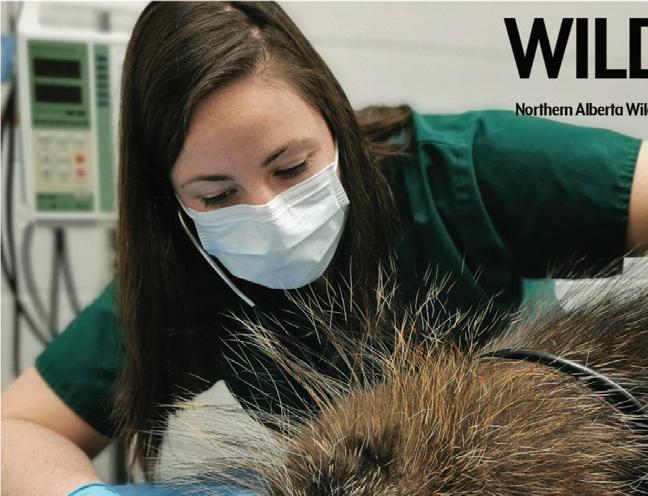

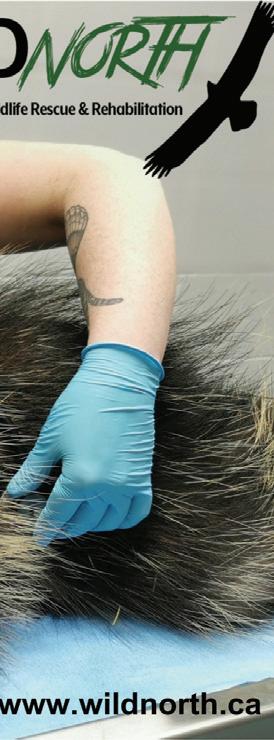

Wetlands give them a reason to keep coming back.
Since 1986, the Alberta North American Waterfowl Management Plan Partnership (Alberta NAWMP) and its supporters have been conserving and protecting the province’s wetlands. Because of these e orts, some bird populations, especially waterfowl, are making a comeback and, in some cases, thriving again.
Witness the marvel of spring migration at the Snow Goose Festival in To eld on April 26 & 27, 2025.

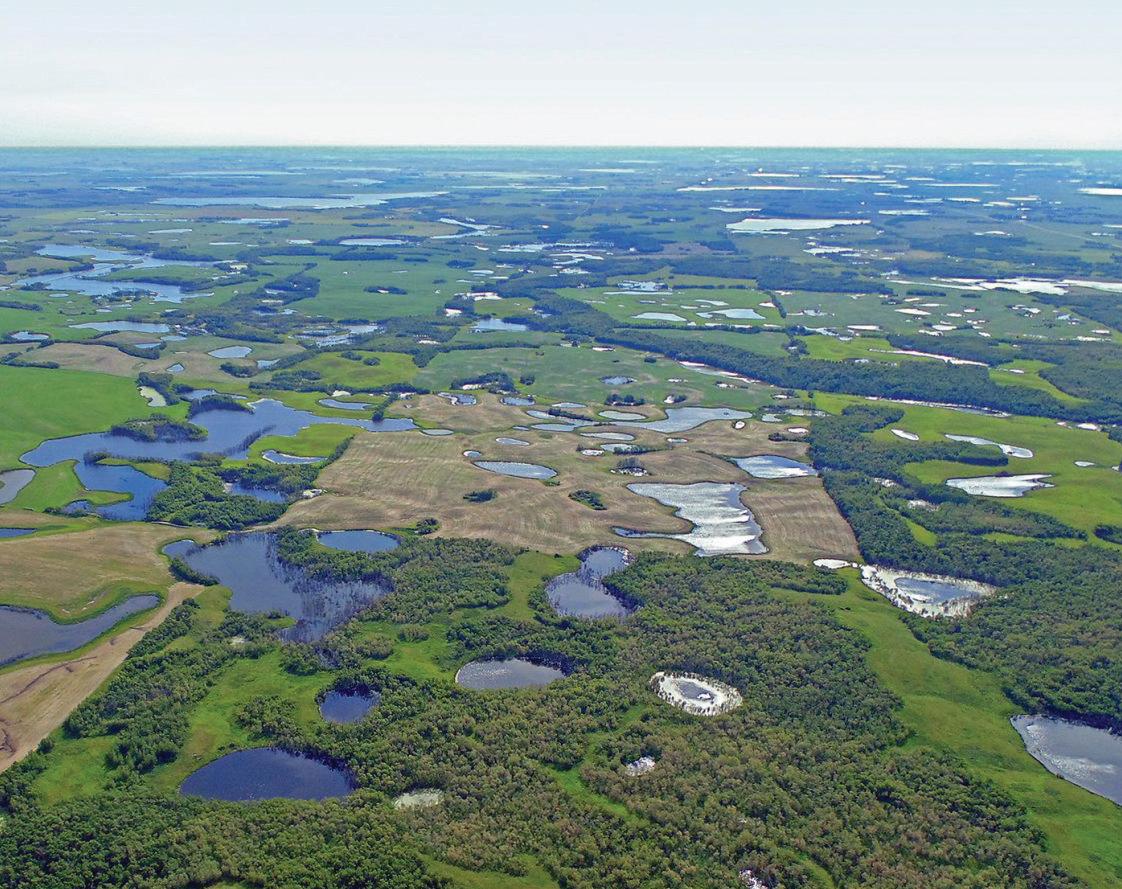
BY CHUCK PRIESTLEY AND LISA PRIESTLEY
The American Kestrel is North America’s smallest and most colourful falcon. Long-term monitoring efforts have shown that Kestrel populations have been declining across the continent for decades. The causes of this negative trend are unclear.
In 2012 STRIX Ecological Consulting with support from Lafarge Company started a monitoring effort to track local breeding Kestrels in central Alberta. The project quickly grew as new partnerships were established with local landowners, Alberta Conservation Association with financial support from hunters and anglers, and the Town of Tofield. Each year the team monitors three study areas containing 25 nestboxes around the communities of Tofield, Tomahawk, and Camrose. In 2020 the team first attempted to
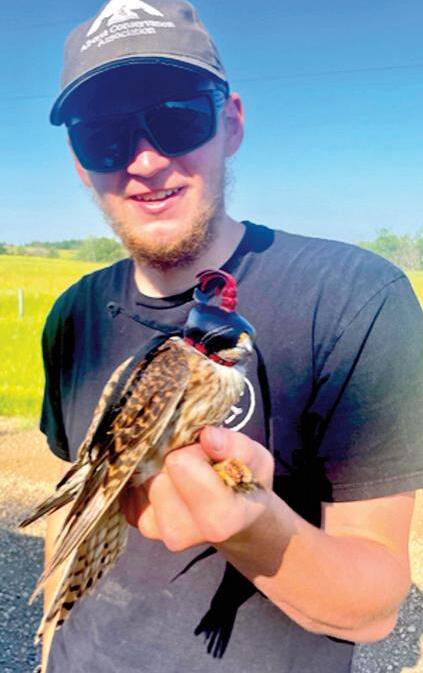
track the movements of local Kestrels beyond their breeding sites. The goal was to learn where our Kestrels migrated and wintered. Technological innovations at the time produced smaller GPS trackers which made it possible to use them on Kestrels for the first time. Previous trackers were too heavy.
GPS trackers were deployed on Kestrels during the period 2020 – 2022. Those trackers required that Kestrels be retrapped to recover their location information. Unfortunately, none of those birds were found in a subsequent year so no information was obtained. In 2023, tracking technology took another leap forward with innovations in cellular tracking. The new trackers used cell towers to provide location information, so we would no longer have to wait to re-trap birds to learn about their movements. When birds carrying trackers
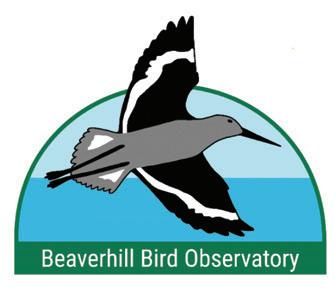
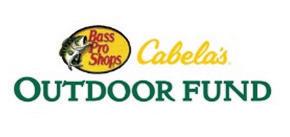

were within a couple kilometres of cell towers, they could communicate their locations daily. When not in cell coverage, location information is stored on the trackers and downloaded when the bird is ‘back in coverage’. This advancement was like going from being able to walk to being able to fly to the moon!
In 2024, a pair of Kestrels used a nestbox east of Tofield, and the team was able to trap both the female and male. Both birds were measured and
for coming to visit our area for the Snow Goose Festival. If you’d like to make

fitted with bird bands and cell trackers. The pair was named Ernie and Sharon in honour of two local ranchers, Ernie and Sharon Boese, who were first to invite the team to install Kestrel nestboxes on their land in the Tofield area.
Ernie was trapped on July 14. Since that time, the tracker has provided 467 locations across 7,796 km of travel.
Continued on Page 7



THE BEAVERHILL BIRD OBSERVATORY WELCOMES YOU TO THE 2025 SNOW GOOSE FESTIVAL
As a proud member of the Beaver County and Tofield community, we thank our many supporters and funders that are shown below plus donations made in memory of Mary Hughes Weir, John Honsaker, and the Wainwright Wildlife Society. Visit www.beaverhillbirds.com for more information. and Tofield supporters of Weir, John Wainwright Wildlife Society
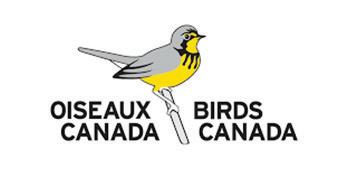


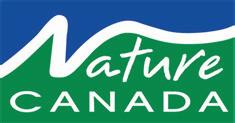

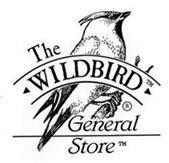
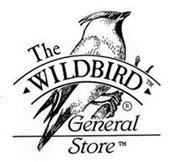
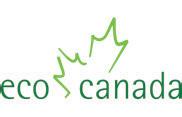
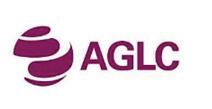







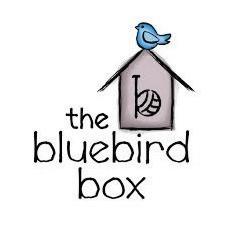

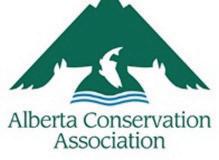
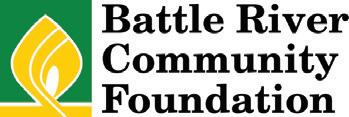
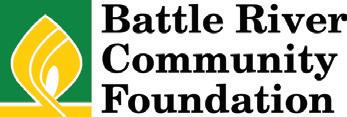
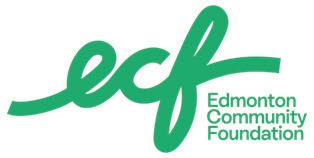
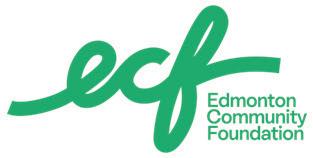












He spent the winter in the state of Chiapas in southern Mexico. The team is looking forward to following Ernie’s spring migration which should start any day.
Sharon was trapped on July 17. To date 301 locations have been received but we do not yet know where she spent the winter. Sharon’s last location was obtained on October 21 in the department of La Libertad in southwestern El Salvador. It is hoped that she spent the winter without cell cover-
age and will re-emerge during spring migration. Sharon travelled 8,730km since she was trapped!
During the next few years this tracking technology will provide valuable information for the conservation of Kestrels and the year-round habitats that they depend on.
We will gain insights about where Kestrels migrate and stop-over during migration and where they spend the winter. Also, we will learn how tied Kestrels are to the locations where they
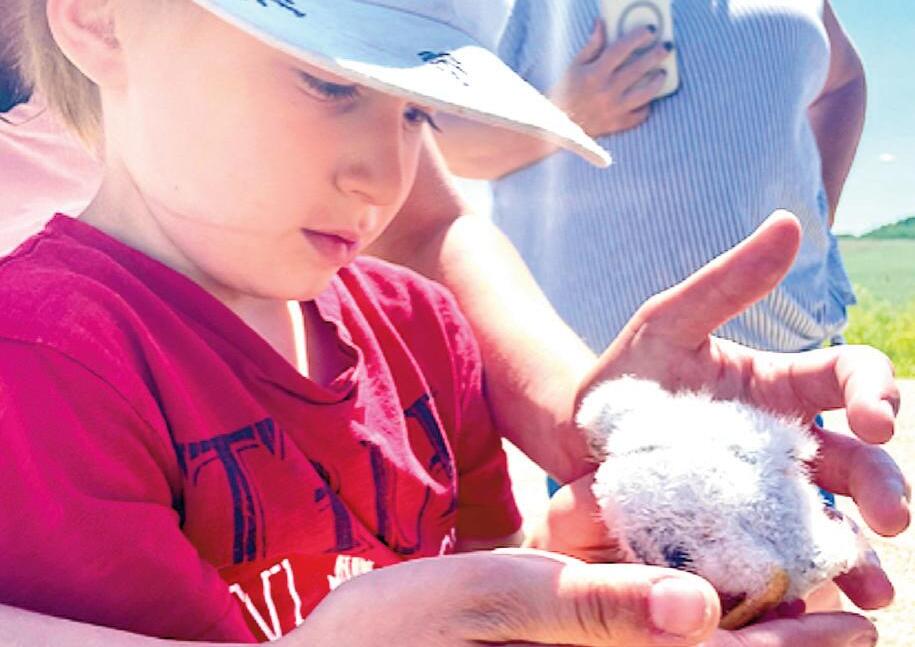
breed, migrate, and winter.
The team is happy to share information about this project and regularly visits groups to do presentations and share information.
Also, groups are welcome to join the team in the field when young Kestrels are being banded at nestboxes. If you are interested, please send an email to info@STRIXeco.ca.
The team is on Instagram @alberta_kestrel_project and the Facebook page is Alberta Kestrel Project.
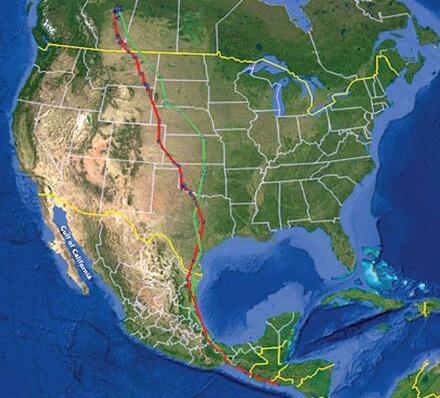


A new planning tool, called Where to Work, is effective, fast and userfriendly. This tool played a key role in in the development of a new landscape conservation plan for Alberta’s Aspen Parkland/Boreal Fringe, a key region for conservation of waterfowl and other wildlife species.
This Nature Conservancy of Canada (NCC) project is part of NCC’s current initiative to update its conservation planning process. “Conservation plans are an important foundation of our work at NCC. They help us to focus our resources on where we can make tangible impacts for conservation,” explains Katelyn Ceh, NCC’s lead for the project.
Where to Work is one of a suite of open access conservation planning tools that NCC has recently developed in partnership with Carleton University. The tool’s purpose is to prioritize where in a landscape to deploy conservation efforts for maximum effect. Guided by user specified criteria, the tool draws on various datasets about climate, soils, vegetation, water, and more, to rapidly generate a conservation priority map.
“Once you get all the data and make
some decisions about what is important on the landscape and how much you want to protect, the tool can usually run the analysis in a minute or so,” says Ceh. Previously, that analysis was done manually, requiring days of staff time.
“I really like that the tool allows you to test a lot of different scenarios. If you have a question about how changing a scenario impacts the output, you can just run the scenario and answer your question right away.”
The Aspen Parkland/Boreal Fringe region in Alberta was chosen as a pilot to test the tool on a landscape much larger than the natural areas that have traditionally been the focus of NCC’s conservation plans. The new plan encompasses three pre-existing Natural Area Conservation Plans.
“Zooming out to the larger landscape scale helps us think more holistically about the landscape, what is important here, what do we want to achieve, who could we be partnering with, and so on,” Ceh notes.
Another reason for using this region for the pilot was to evaluate the tool’s effectiveness in an impacted landscape. This region, which includes the
Edmonton’s metropolitan area, has been considerably altered by human activities, and much of the connectivity between the remaining intact habitat areas has been lost. But the region is also part of North America’s Prairie Pothole Region, known for its remarkable diversity and density of ponds, or ‘potholes’, and its highly productive

habitat for waterfowl, other waterbirds and shorebirds.
According to Ceh, the tool was seen as a real bonus in NCC’s multiple sessions with stakeholders and partners across the region during the plan’s development. Continued on Page 9

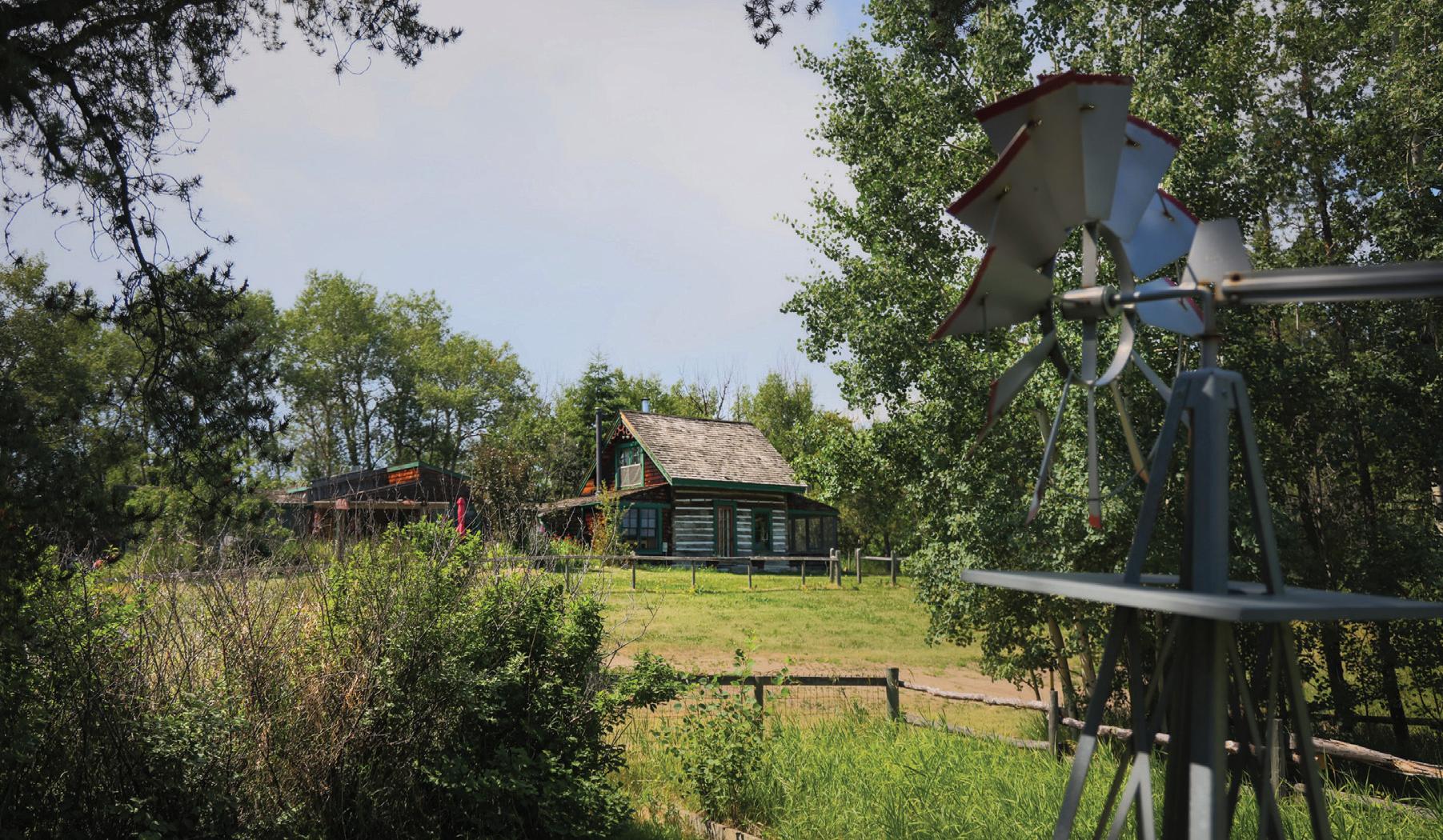


The tool and its map output enabled NCC to more easily share information about its planning process, gather input on the draft plan, foster interest and collaboration, and provide real-time results on how different ideas from the participants would affect the map.
“Collaboration is key to our work. It is really important to include others’
values, knowledge and perspectives in these conservation plans,” she says. “I think it gives you a much better plan at the end of the day and a much higher chance of successfully implementing the plan.”
The map formed the basis for developing the written part of the Aspen Parkland/ Boreal Fringe conservation
plan. The document explains the region’s significance, describes the plan’s goal to foster healthy, connected, resilient habitat, and explains how that goal will be achieved.

Given the tool’s benefits, Ceh is pleased that Where to Work is freely available at www.ncc.carleton.ca.
“Sharing the tool open source hopefully will be helpful to others who could use the tool for their own conservation planning work. I’m interested to see how it will be used and where it all goes.”
The project’s funders included the Alberta NAWMP Partnership, the Government of Canada, NCC private donors, and Carleton University private donors.

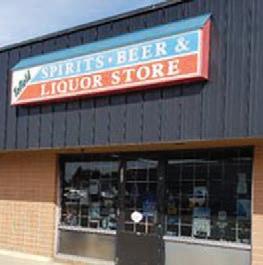
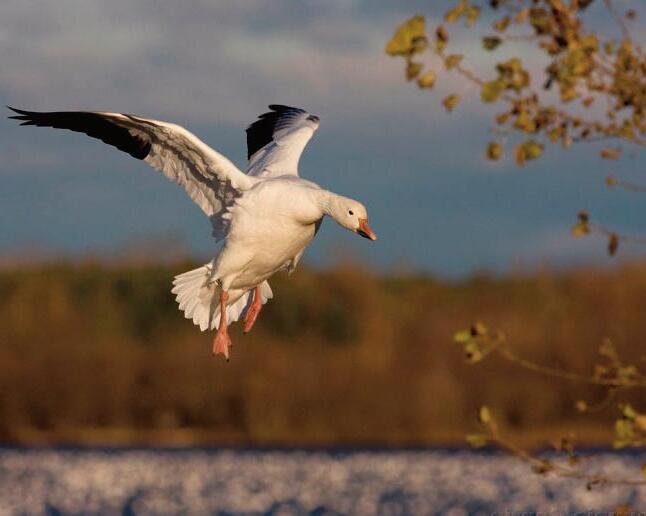
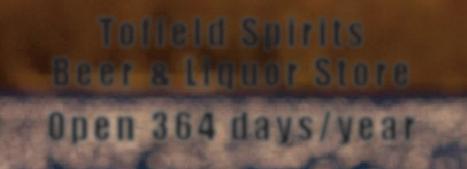

The American Kestrel is North America’s smallest and most colourful falcon. This beautiful little raptor is found in grassland and agricultural areas, especially pasture-type habitats, where it mainly feeds on grasshoppers, mice and voles. Unfortunately, Kestrel populations are declining across the continent. To investigate why this is happening, we have been monitoring Kestrels using nestboxes in central Alberta for the past decade. Cameras have been used to learn what our local Kestrels eat, and we have deployed trackers to learn about their movements. Some of our Kestrels travelled more than 10,000 km annually!!!

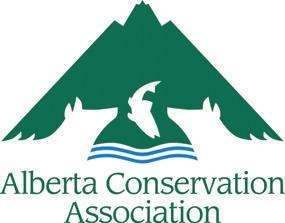

Please share your Kestrel sightings with us. You could host a Kestrel family with a nestbox. To hear about how you can attend and participate in our events, such as banding young at nestboxes, please email info@STRIXeco.ca. We are on Instagram @alberta_kestrel_project and our Facebook page is Alberta Kestrel Project.


(Same for both days unless otherwise noted)
Purchase advance tour tickets and find more details at: www.snowgoosefestival.ca
7:30 am - 5:00 pm Tour Registration & information Centre – Tofield Curling Rink Concession open
8 am – 3:30 pm
Tour Departures from Tofield Arena
Tour cost: Adults: $25, Youth (12 & under): $10, Family (2a/2c): $60
Visit website to purchase advance tickets. Tickets may be limited on site.
Bring your camera, bird ID book, and binoculars. As spring weather can be unpredictable, waterproof footwear and layered clothing are recommended.
9:30 am – 5 pm Trade Show Hours - Free admission
Several vendors, nature interpretation, kid’s activities, educational exhibits with live birds and more!
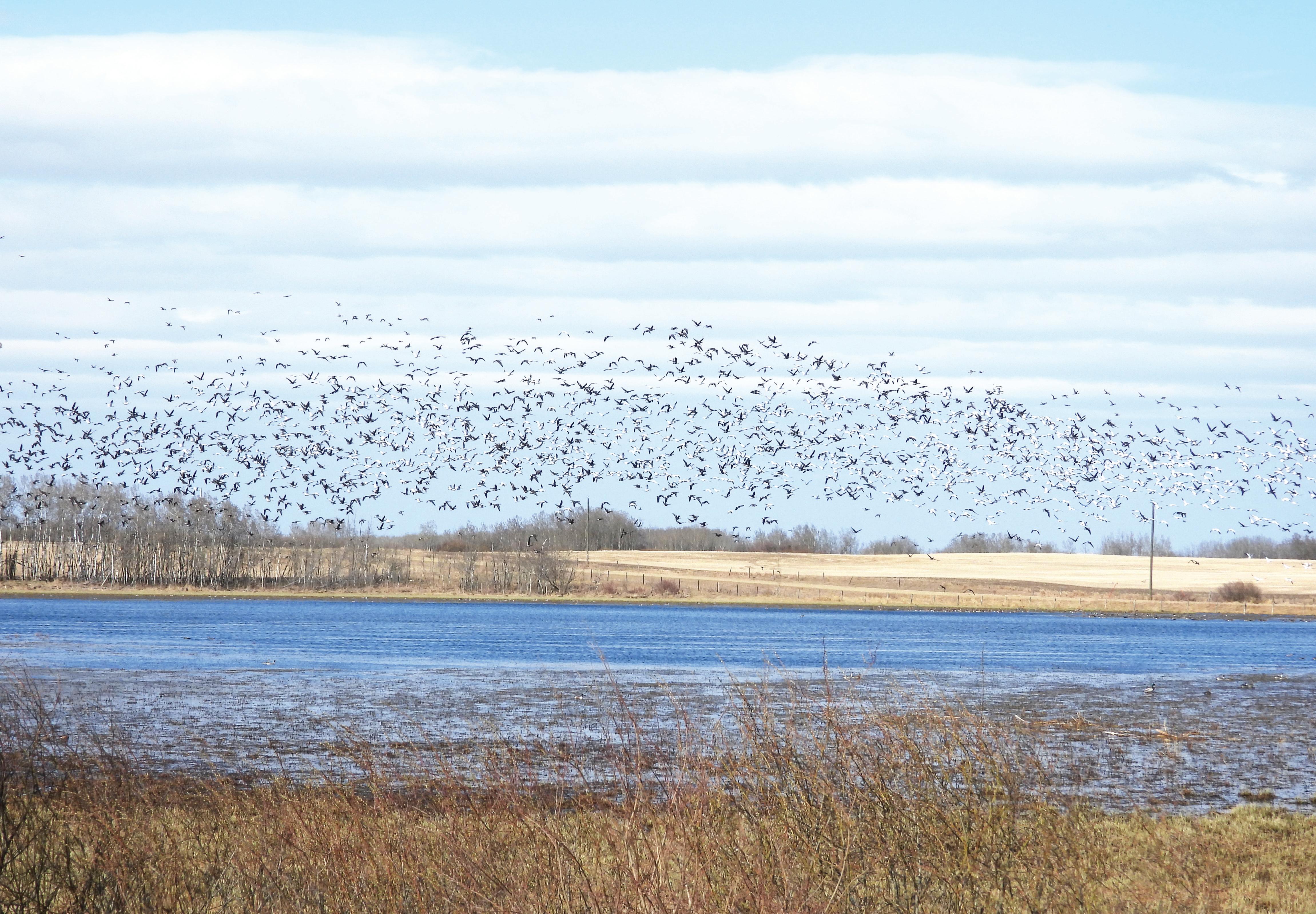
9:30 am – 5 pm
FREE Kids Activities - Located in Trade Show area
Hosted by Nature Alberta and Nature Kids
Visit the Nature Alberta booth where families can try out a variety of different activities.
- Kids can make their own mini Snow Goose to take home,
- Test their wildlife knowledge with interactive quizzes
- Visitors can also "glue the feather on the owl" as they contribute to Nature Alberta's community art project.
12 Noon & 2:00 pm FREE Speaker Series: Tofield Arena Meeting Room
Saturday, April 26 at 12 Noon
From Grasslands to Canals to Mountaintops: A Year of Birding Adventures
Sandy Van Dijk, Wildlife Instructor, Lakeland College
Saturday, April 26 at 2:00 pm
BISON, BUGS & BIRDS: Linking the recovery of endangered species
Wes Olson, Author, painter and wood bison specialist.
Sunday, April 27 at 12 Noon
New Tracking Technology Helps Biologists Understand Raptor Movements
Lisa Takats-Priestley, Co-owner, STRIX Ecological
Sunday, April 27 at 2:00 PM
Saw-whet Owls: residents, migrants or vagrants; an avian enigma explored with MOTUS and climate change
Geoff Holroyd, Sara Pearce Meijerink, Myrthe Van Brempt, Jana Teefy–Beaverhill Bird Observatory


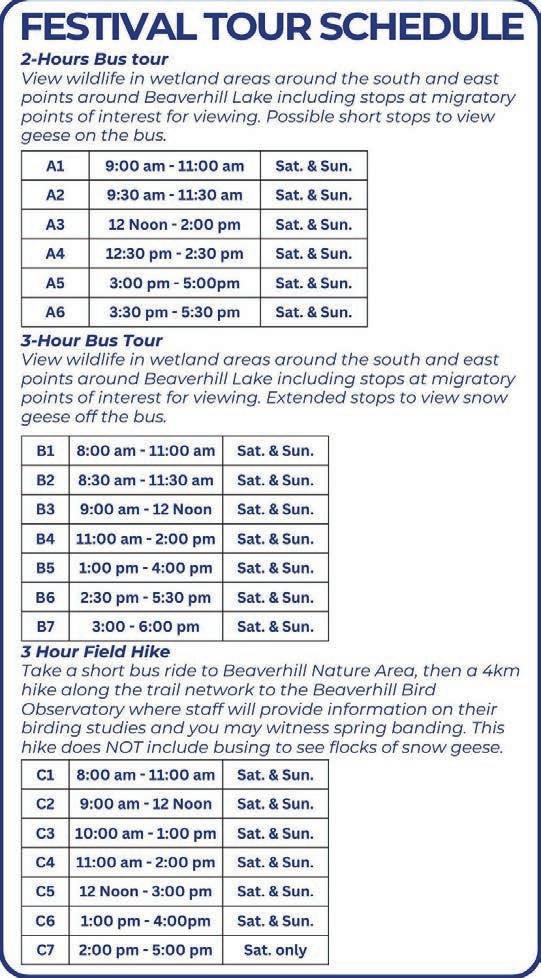







6:30 pm
Banquet & Silent Auction at Tofield Community Hall
Saturday Only Doors open at 5:30 pm, supper at 6:30 pm.
Tickets: $50/person (purchase in advance by April 17)
Meal catered by: Sandy Lusk
- Guest Speaker: Wes Olson
Topic - The Ecological Buffalo: On The Trail of a Keystone Species
- Silent Auction at banquet with proceeds supporting to the Snow Goose Festival.
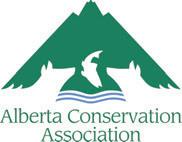


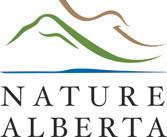
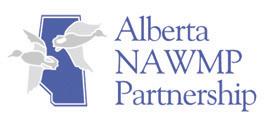




Book your free shuttle on the website: www.snowgoosefestival.ca

Free shuttle DOES NOT include tickets for the guided bus tours departing from the Festival. TICKETS FOR THOSE BUSES NEED TO BE PURCHASED SEPARATELY.

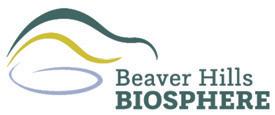











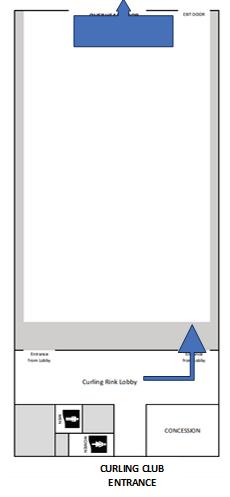






BY JANA TEEFY, Head Biologist
As the warmth of spring settles in, we can’t help but feel the excitement building for the upcoming field season at BBO, and you are invited. There’s always something about the fresh air and the promise of outdoor adventures that has us eager to get out to the station and catch some birds! As many of you may already know,
BBO is currently blanketed in snow! We're eagerly watching to see how much will melt into the ground versus run off into the lake.
We are hopeful that the snowmelt will help keep the lake levels rising, bringing new life and biodiversity to the landscape.
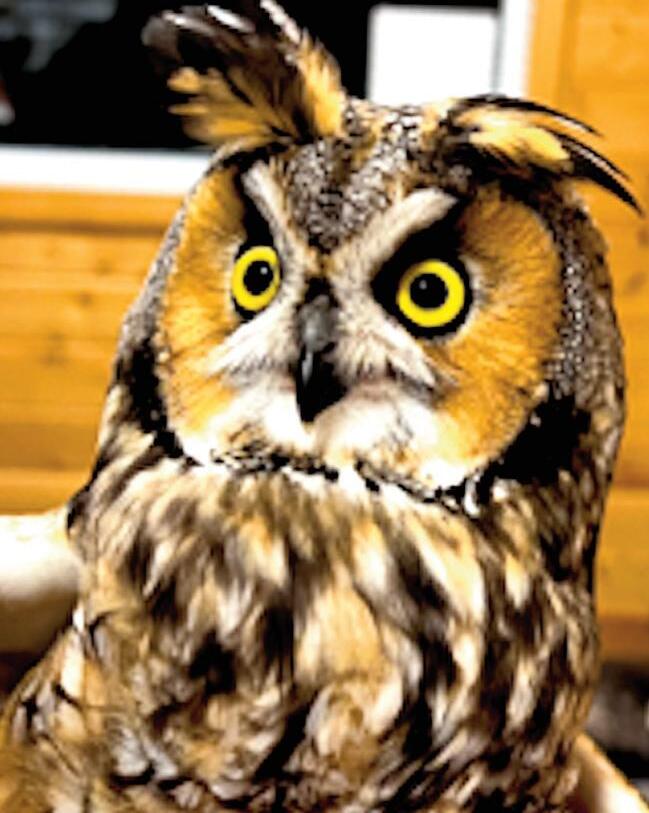
We’re counting down the days until we kick off our annual projects — including our Migration Monitoring and MAPS monitoring projects — to see which birds are passing through our natural area and which ones are staying to breed. The team will also continue our important work on projects like monitoring Least Flycatchers, Marsh Monitoring, Shorebird Surveys, and the Forest Breeding Bird Census.
The 2025 season will feature some incredible events you won’t want to miss! We’ll be celebrating World Migratory
Bird Day, hosting our famous Big Birding Breakfast, and offering up some up-close and personal fun with songbird banding.
In addition, we’re planning to introduce new group activities in the natural area — from a thrilling BioBlitz to a nature journaling workshop — there’s something for everyone!
Are you as excited as we are? Whether you want to join us for an event, become a member, or volunteer, there are plenty of ways you can get

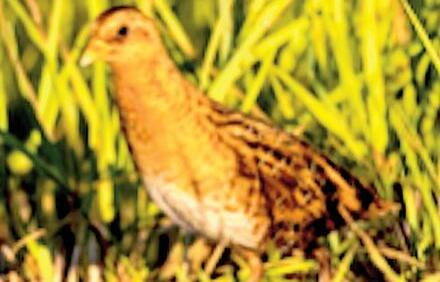
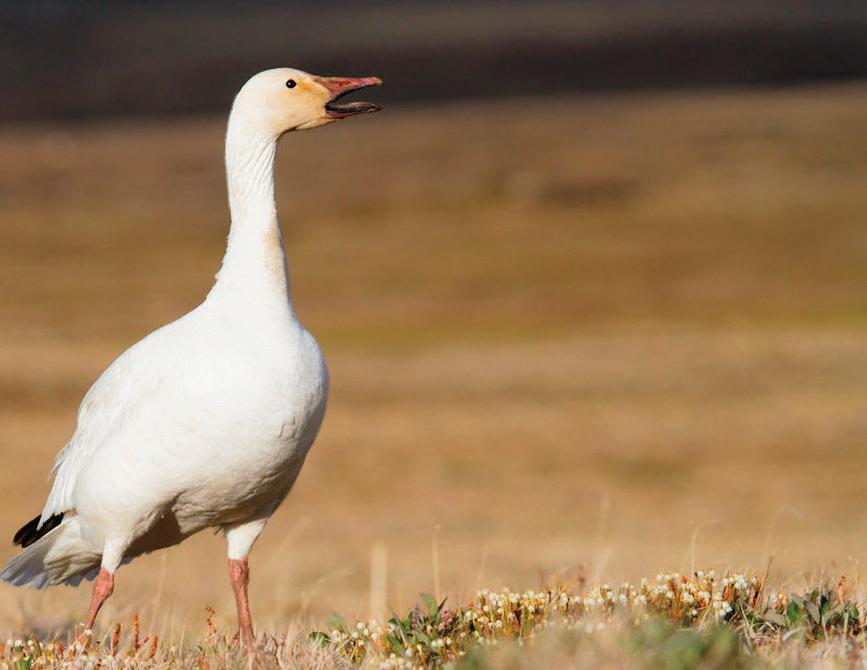
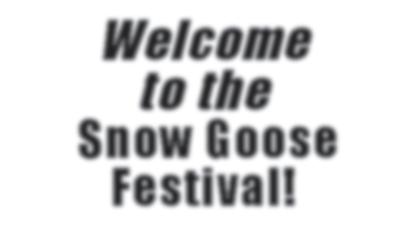


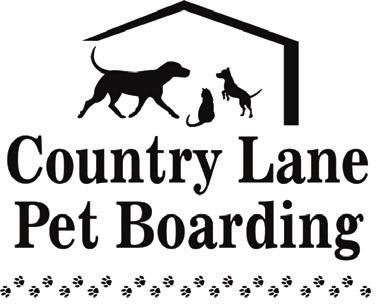
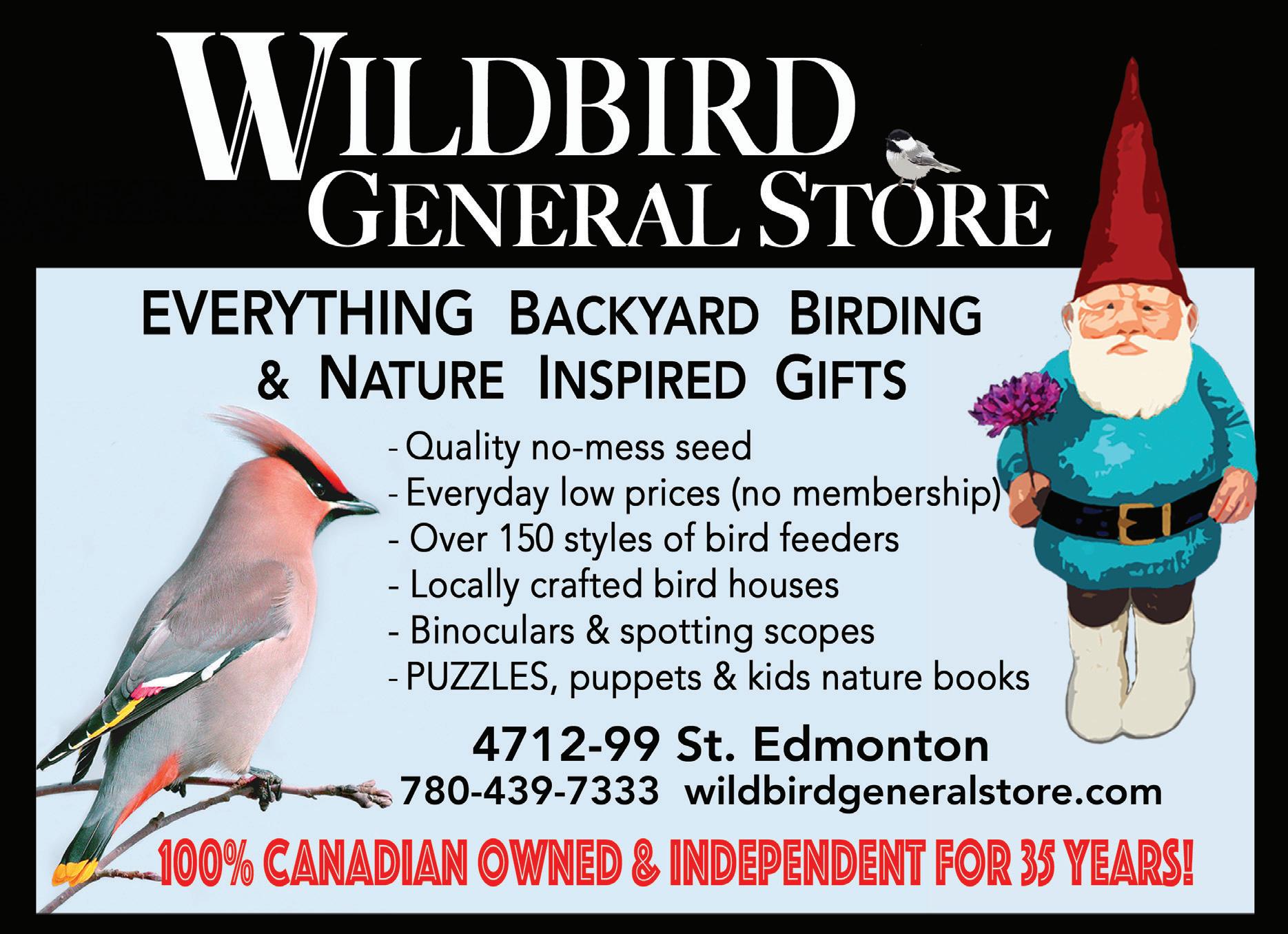


KEN QUACKENBUSH, Chair
BHWSS, taking water samples from Ministik Lake
Two years ago a group of citizens including Ken Quackenbush, decided to hold a community meeting at the South Cooking Lake Community Hall to discuss the concerning rate of water decline within our local lakes.
To their surprise over 100 people showed up that day. This initial meeting became the basis of a grass roots organization called the Beaver Hills Watershed Stewardship Society
(BHWSS).
Today the BHWSS is a not-for-profit organization comprised of volunteers and governed by a 10 member Board of local citizens representing many of our local lakes including Half Moon Lake, South Cooking Lake, Ministik Lake and Hastings Lake.
The mission of the BHWSS is to educate, advocate and collaborate with stakeholders on initiatives that help conserve and restore the Beaver Hills Watershed.
Continued on Page 15

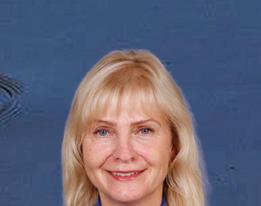

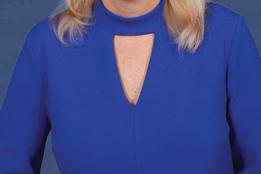
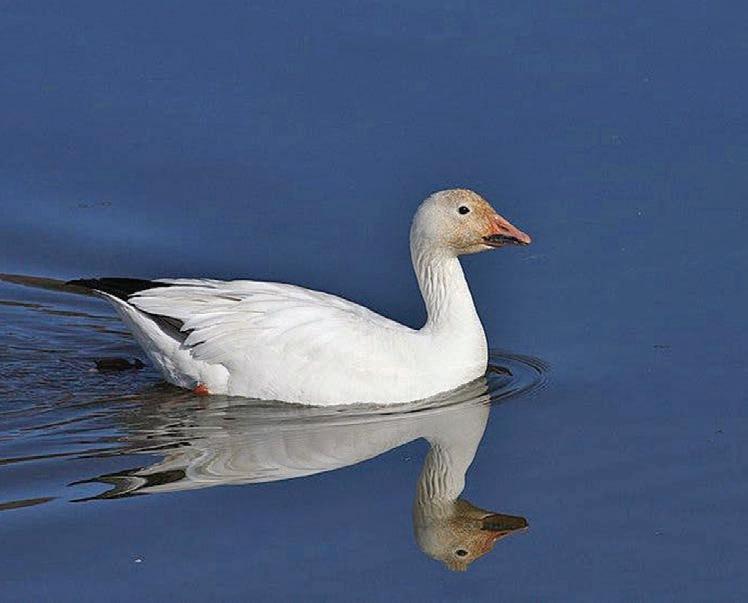






































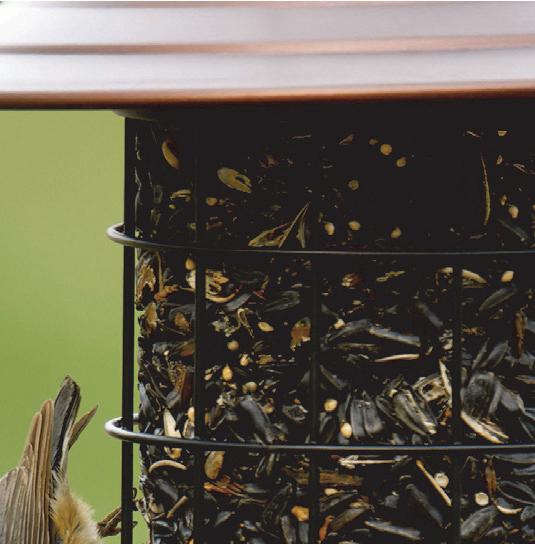





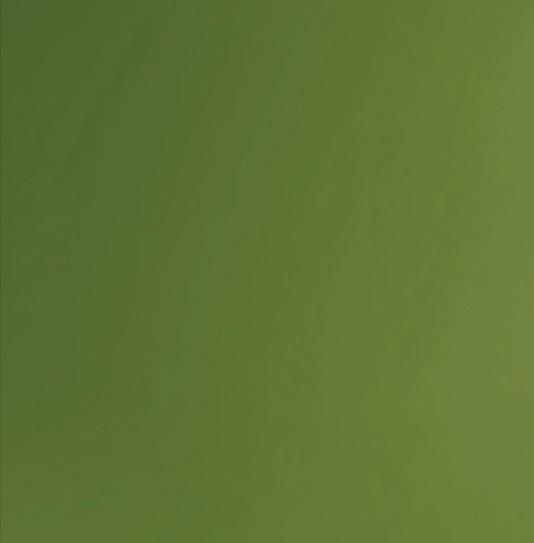















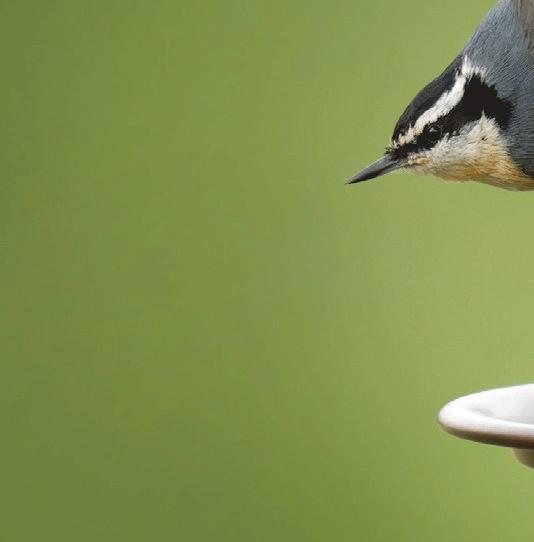



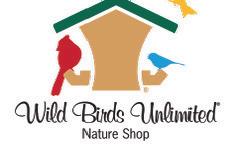
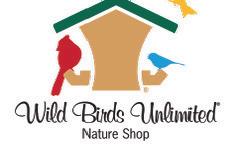




















































Saturday 12 noon
Sandy Van Dijk
From Grasslands to Canals to Mountaintops: A Year of Birding Adventures
Join Sandy on a journey through a year of birdwatching across diverse landscapes—from the windswept prairies of Grasslands National Park to the rugged Yukon wilderness, the forests of Alberta, and the rich wetlands of Holland.
Through personal stories and photographs, she will share some of her most memorable birding experiences, including encounters with the elusive burrowing owl, the striking red-backed shrike, and the hardy white-tailed ptarmigan. This presentation highlights the beauty and wonder of birdwatching, blending travel, adventure, and the thrill of spotting incredible species in their natural habitats. Whether you’re a lifelong birder or just bird-curious, you might find yourself inspired to embark on your own birding adventure.
Sandy Van Dijk has worked in many sectors of the environment, including consulting, non-profit, and government roles. Now a wildlife instructor at Lakeland College, she enjoys educating people about wildlife and nature. Passionate about birds and their habitats, Sandy enjoys exploring diverse landscapes and inspiring others to connect with nature through birdwatching.
Saturday 2:00 pm
Wes Olson BISON, BUGS & BIRDS: Linking the recovery of endangered species
Not that long ago the plains and forests of North America teemed with wildlife, including more than 30,000,000 plains bison and hundreds of thousands of their northern relative, the wood bison. By the late 1800s both were extirpated from their ancestral lands. This depopulation of a keystone species had significant implications for the other species that depended upon them for their very survival.
This presentation takes the viewer from the time when prehistoric species roamed the continent, through to the present, and discusses modern threats to grassland insects and birds that depend on bison and healthy ecosystems today.
This presentation takes the viewer from the time when prehistoric species roamed the continent, through to the present, and discusses modern threats to grassland insects and birds that depend on bison and healthy ecosystems today. With the magical photography of Johane Janelle, this talk brings these keystone connections into brilliant clarity.
Sunday 12 noon
Lisa Takats-Priestley
New Tracking Technology Helps Biologists Understand Raptor Movements
Lisa Takats-Priestley from STRIX Ecological Consulting will talk about three projects (two local) studying movement patterns of birds of prey.
New technology has allowed biologists to gain new insights into where Northern Saw-whet Owls and American Kestrels migrate and overwinter. It is also helping us understand the year-round movements of our Barred owls, a species of management concern in Alberta.
Lisa has been a biologist in Alberta for over 17 years. She co-owns a consulting company, STRIX Ecological with her husband Chuck based in the Tofield area. She received a MSc. In Wildlife Ecology and Management from the University of Alberta studying the ecology of Barred Owls, which lead to the development of Nocturnal Owl Survey Guidelines for North America.
Sunday 2:00 pm
Geoff Holroyd Saw-whet Owls: residents, migrants or vagrants; an avian enigma explored with MOTUS and climate change
The Beaverhill Bird Observatory has been banding saw-whets in the autumn every year since 2002. And Geoff banded saw-whets at Long Point in the 1960s.
In this presentation we will talk about the first papers describing sawwhets as migrants in eastern North America, then explore the BBO data to learn more about their movements.
BBO has banded over 5,000 owls. Sara has summarized what we have learned about their migration timing and population fluctuations. Jana and Geoff attached 97 MOTUS tags that show a different migration pattern than that shown by dozens of band
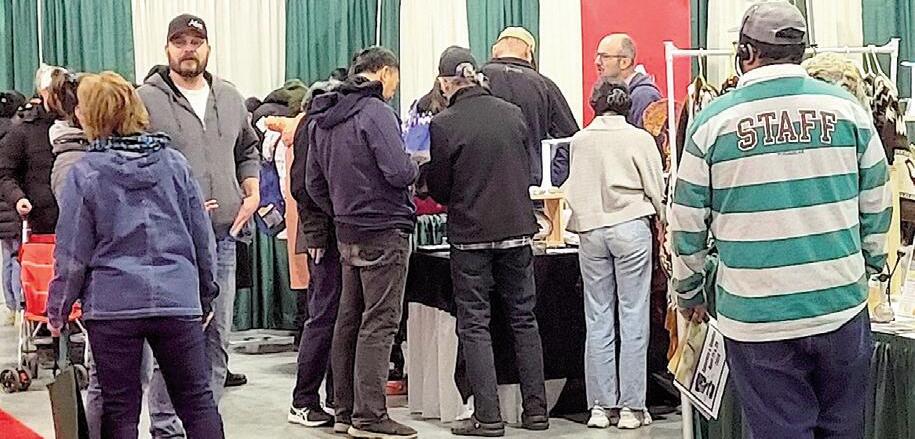
recoveries. Myrthe applied complex statistics to analyze changes in migration timing in relation to climate change to compare the timing of eastern populations’ migrations to that found out west at the BBO. Everything that you need to know about these adorable little owls but didn’t know “Whooo” to ask.
Authors on this project: Geoff Holroyd, Sara Pearce Meijerink, Myrthe Van Brempt, Jana Teefy–Beaverhill Bird Observatory
Dr. Geoff Holroyd’s interest in birds developed as a teenager when he was an active volunteer starting in 1961 and later as chairman of the Long Point Bird Observatory. He retired in 2012 after 36 years with the Canadian Wildlife Service including conservaton of peregrine falcons and burrowing owls. He is now chair of the Beaverhill Bird Observatory. He coauthored the new book ‘Wildlife of the North’ in August 2023.
Sunday 6:30 pm
Banquet Guest Speaker Wes Olson
THE ECOLOGICAL BUFFALO; ON THE TRAIL OF A KEYSTONE SPECIES
Once numbering in the tens of millions, these magnificent creatures played a significant role in the varied ecosystems they occupied, and North American Indigenous Peoples depend-

ed upon them.
With the arrival of Europeans, the buffalo were all but exterminated, along with their millennia-old intricate food webs and innerspecies relationships.
Despite a brush with extinction, the buffalo survived, and are slowly recovering. Alongside this recovery, the relationships once shared with thousands of species is being re-established in a remarkable process of ecological healing.
Based on Wes Olson’s 35 years of working intimately with bison — and featuring Johane Janelle’s stunning photography — The Ecological Buffalo takes a journey through the myriad connections this keystone species has with the Great Plains.
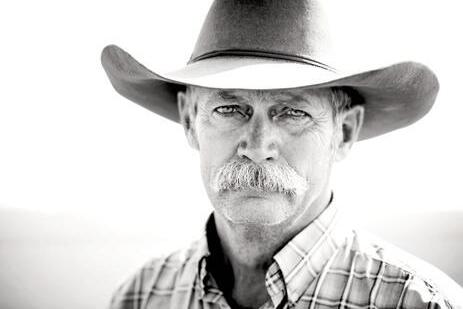
Wes Olson combines art, and science with more than 40 years working with bison to help people understand how significant bison were in shaping the ecosystems of North America.
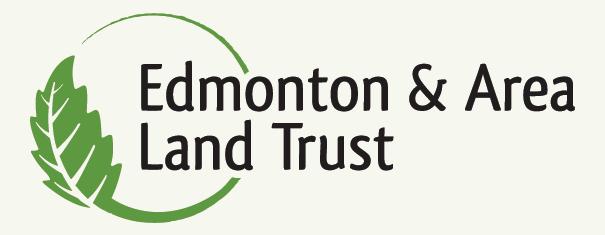
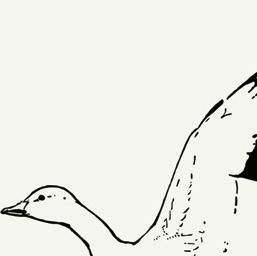
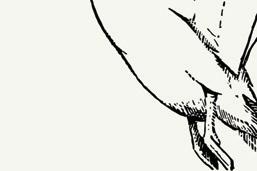
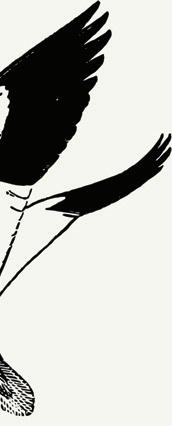

Continued from Page 13
Through this work we hope for a healthy and thriving watershed that supports the diverse and unique ecosystem of the Beaver Hills.
A primary focus of our organization has been to collect scientific data around the water levels and water quality of the lakes within the watershed.
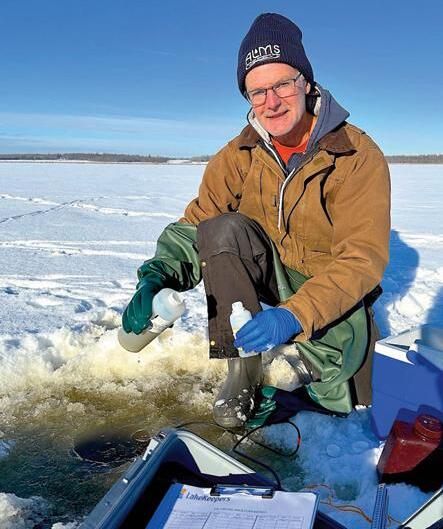
This volunteer driven activity serves to involve community members in stewardship activities and raise awareness on issues related to wetlands and water. The data also provides us with clear markers on the health of our watershed and serves as a foundation for much of the conservation efforts within the watershed.
In continuation of that work, in 2025 we are excited to receive funding from the Government of Alberta to conduct extensive mapping of the watershed within the Beaver Hills.
The watershed map will include topographical features in addition to showing the location of the many lakes, rivers and streams that flow within our watershed. The maps will serve as educational materials for both landowners and government officials and will enhance our understanding of the challenges we face within the watershed that has contributed to our declining water levels.
We have many other exciting initiatives planned for 2025 that include Species at Risk and Riparian Zone

restoration.
On May 10, we will be hosting our 2nd annual Public Engagement Open House at Birch Bay Ranch. During the day we will be sharing news about past projects, upcoming projects and landowner opportunities for funding within the watershed. There will also be a BBQ and interactive activities for the whole family.
As a community based organization run by volunteers, we value our connections with our community members. We hope you will join us to learn more about our organization including exciting volunteer opportunities.
For more information about our organization or to become a member please visit us at www.beaverhillswatershed.com




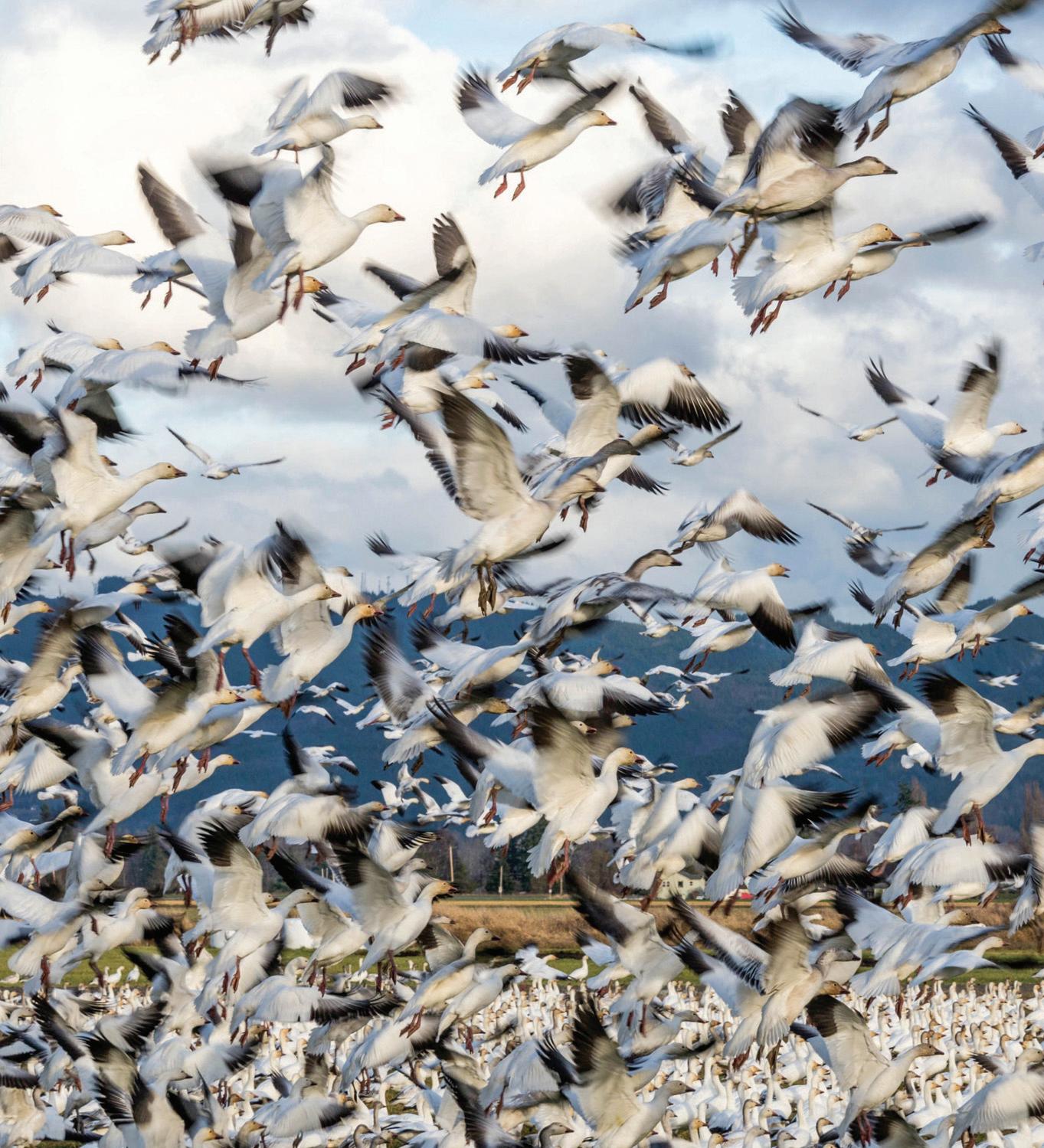



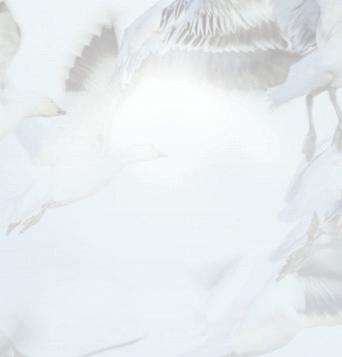
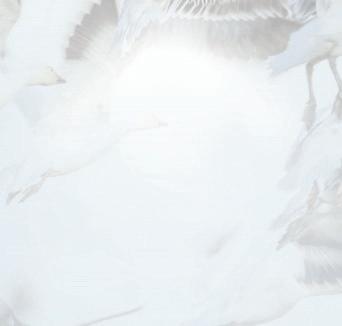
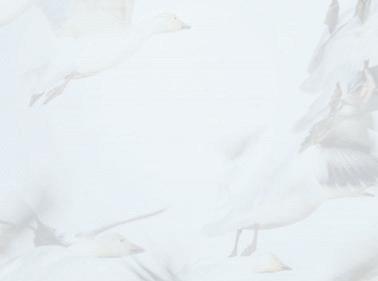


BY GEOFF HOLROYD, Chair
Beaverhill Bird Observatory
One sure sign of spring in the forests of central Alberta is the call of
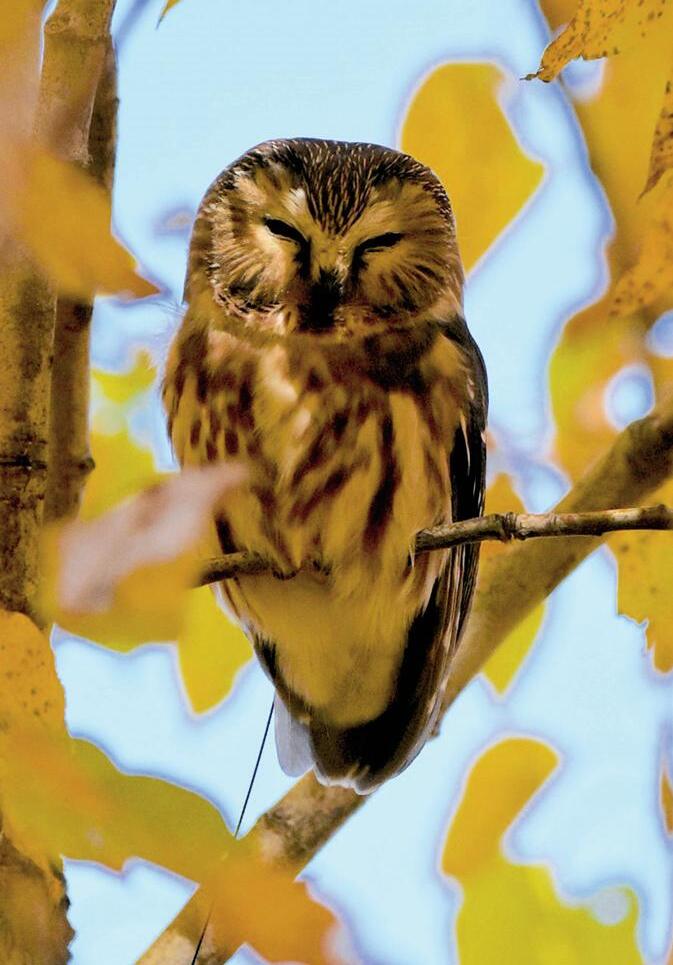
the Northern Saw-whet Owl. By the time the Snow Geese are passing through, many Saw-whets are on eggs or even feeding young. Large numbers pass through the Beaverhill Natural Area in the autumn. Where are they headed?
To learn more the Beaverhill Bird Observatory attached nanotags to 97 owls in the autumn of 2023 and 2024. The nanotags are part of the MOTUS global wildlife tracking system. All the tags transmit on the same frequency and imbedded in the ‘pings’ are the individual serial numbers. When a bird with a tag flies past a MOTUS tower the antennae detect the pings and the serial numbers are sent to a central computer at Birds Canada. BBO
has a MOTUS tower at their field station in the Beaverhill Natural Area.
Each tower can detect a nanotag within about 15 km unless blocked by forest or other objects.
What did our tags tell us about the owls? First, half of the owls kept moving within 2 days of being caught. A few of those were detected again within 15 km up to a month later, but most kept away.

However, the other half stuck around the natural area (within 15km) for a while. A quarter of them (23) stayed for up to ten days, 6 stayed up to three weeks and 6 stayed for a month. The record was 166 days, and that record ended when our solar power lost power in cold snowy weather and the MOTUS station ceased to function. Continued on 17
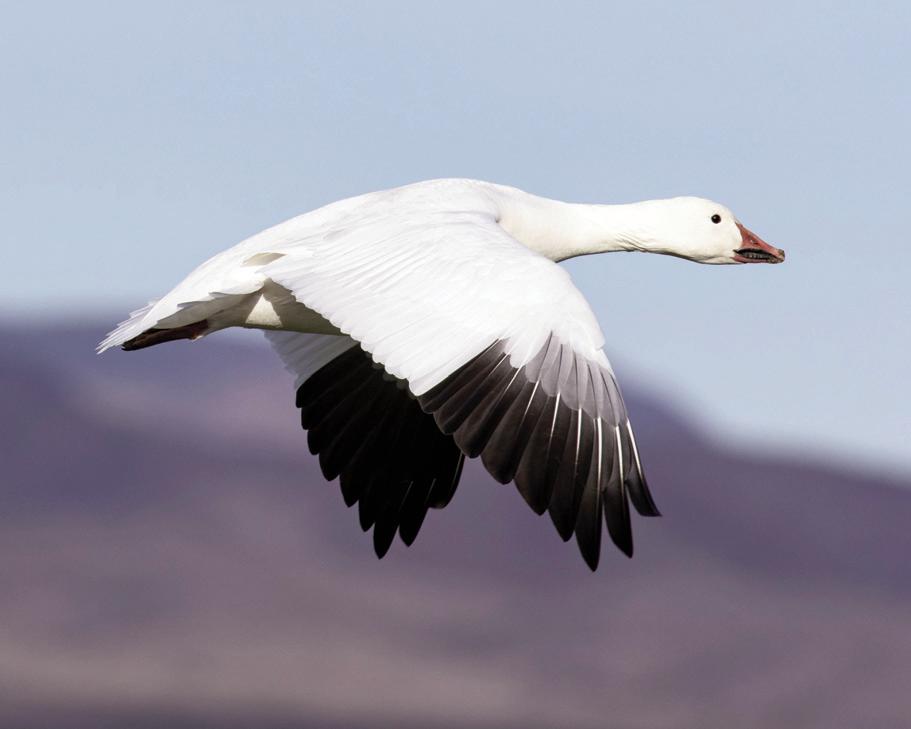




Some migrated quickly and some stayed!
We know from the local Christmas Bird Counts, especially Edmonton’s that some Saw-whets stay all winter. Some are on eggs in March, and even
February in central Alberta, while others are far away.
Where did the owls go? From the map you can see that many went south into the northwest states. But not a
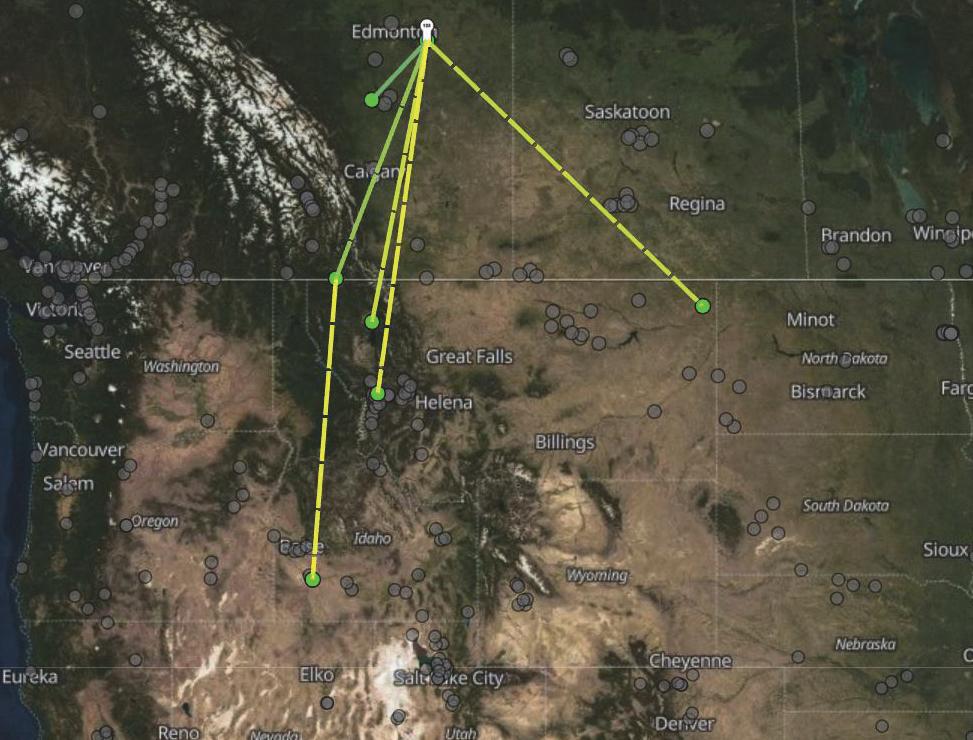
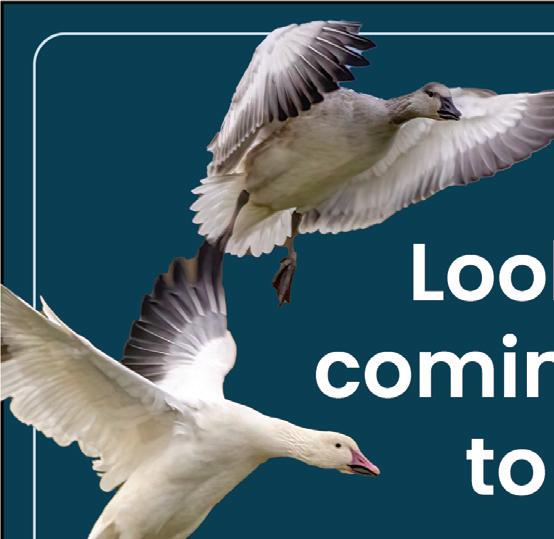
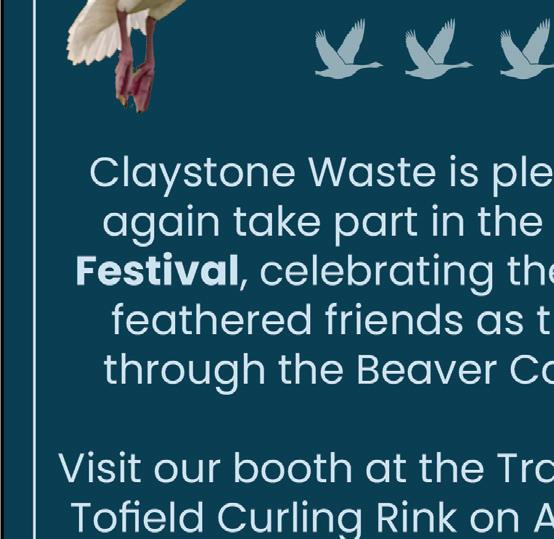

long way south. None reached Oregon nor Wyoming, except the one that went to Nebraska!
Two were detected by a MOTUS station on the Richmond, BC, seawall just south of Vancouver, and three went to Saskatchewan. Curiously none were detected in eastern North America where we had banded owls caught, even though there are numerous MOTUS towers in the east.
A couple of flights are noteworthy. One owl went to central Montana and passed 4 MOTUS stations in one night.
The owl covered 120 km in 2 hours! A check of the local weather showed a chinook wind was blowing, and the clever owl was making full use of it.
The second record is an owl that went from Beaverhill to Vancouver in 39 hours and 14 minutes, a steady 22 kph over two nights. Likely the owl took a break in the daytime and flew even faster in the dark nights.
The tags should last for 2 years, so stand by for more exciting news from the Beaverhill Bird Observatory project.
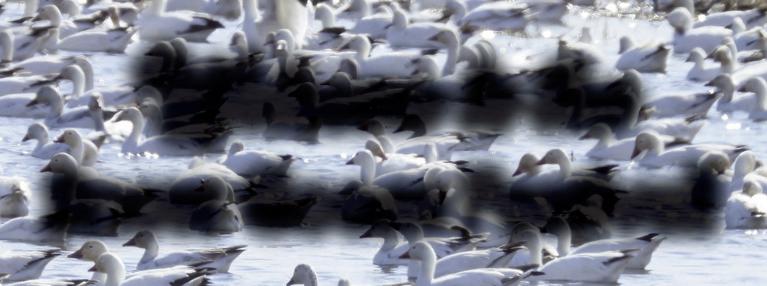
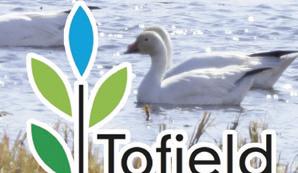
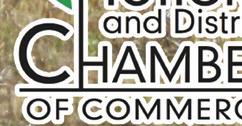


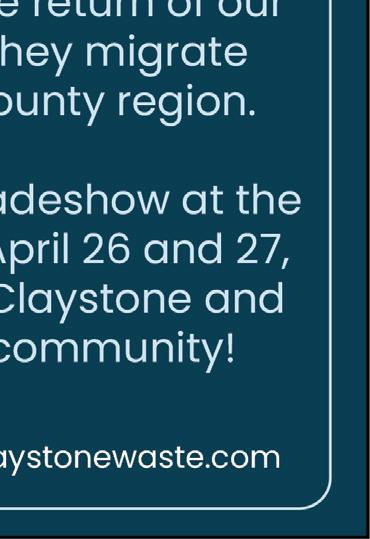
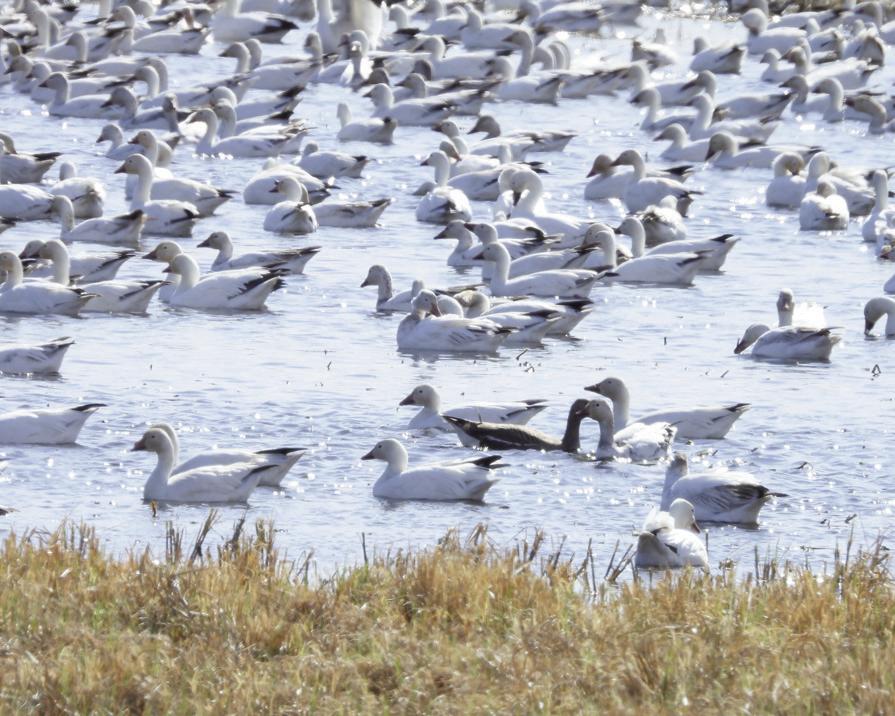
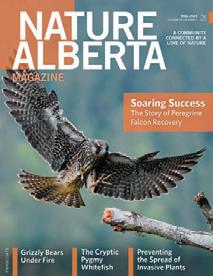





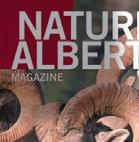
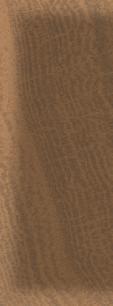
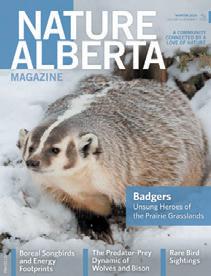


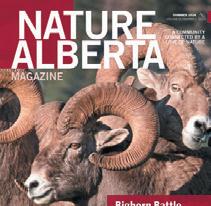

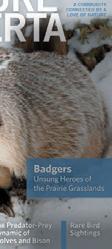





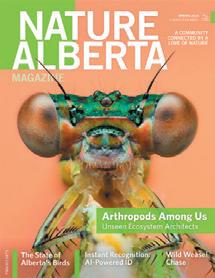






BY: JILLIAN VANKOOTEN
Helpline and Social Media Manager & Wildlife Technician
at WILDNorth
Alberta is known for its amazing wildlife, from the prolific White-tailed Prairie Hares and the intelligent Blackbilled Magpies to the iconic Canada Goose, our wildlife is unmatched.
WILDNorth:
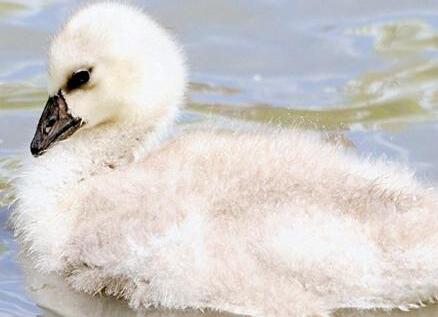
Northern Alberta Wildlife Rescue and Rehabilitation Centre, located in Edmonton, Alberta, is one of Alberta’s foremost wildlife rescue and rehabilitation centres. Since WILDNorth’s creation in 1989, we have cared for over 40,000 animals spanning more than 180 different species, from American Robins to Bald Eagles and from Red Squirrels to North American Porcupines, we do our best to help them all.
Migratory season brings the return of hundreds of different bird species and marks the beginning of baby season, WILDNorth’s busiest time of the year. Large migratory events, like the migration of Snow Geese through Tofield, bring excitement and joy as they signal the true beginning of the summer season.
Just like the animals, we at
WILDNorth are kept on our toes from April through September. During this time, we are known to field hundreds of calls a day on our wildlife helpline and admit up to one hundred animals daily into our care. To provide the best rehabilitative treatment to the wildlife receiving rehabilitative treatment, it is important to have a solid understanding of the natural history of these dynamic animals. For example, it’s not only important where we release an animal but also when — both the time of year and even the time of day — to set them up for the best chance of success. We cannot release a migratory bird, like a warbler, before or after its migratory period.
It is also important to consider the developmental stage of young wildlife. Migratory season increases our patient load substantially, and a significant ratio of those patients are orphaned young. These ‘baby’ wildlife require much different care than their adult counterparts, and WILDNorth plays a significant role in their future success in the wild.
A very common species we admit in the spring or early summer are
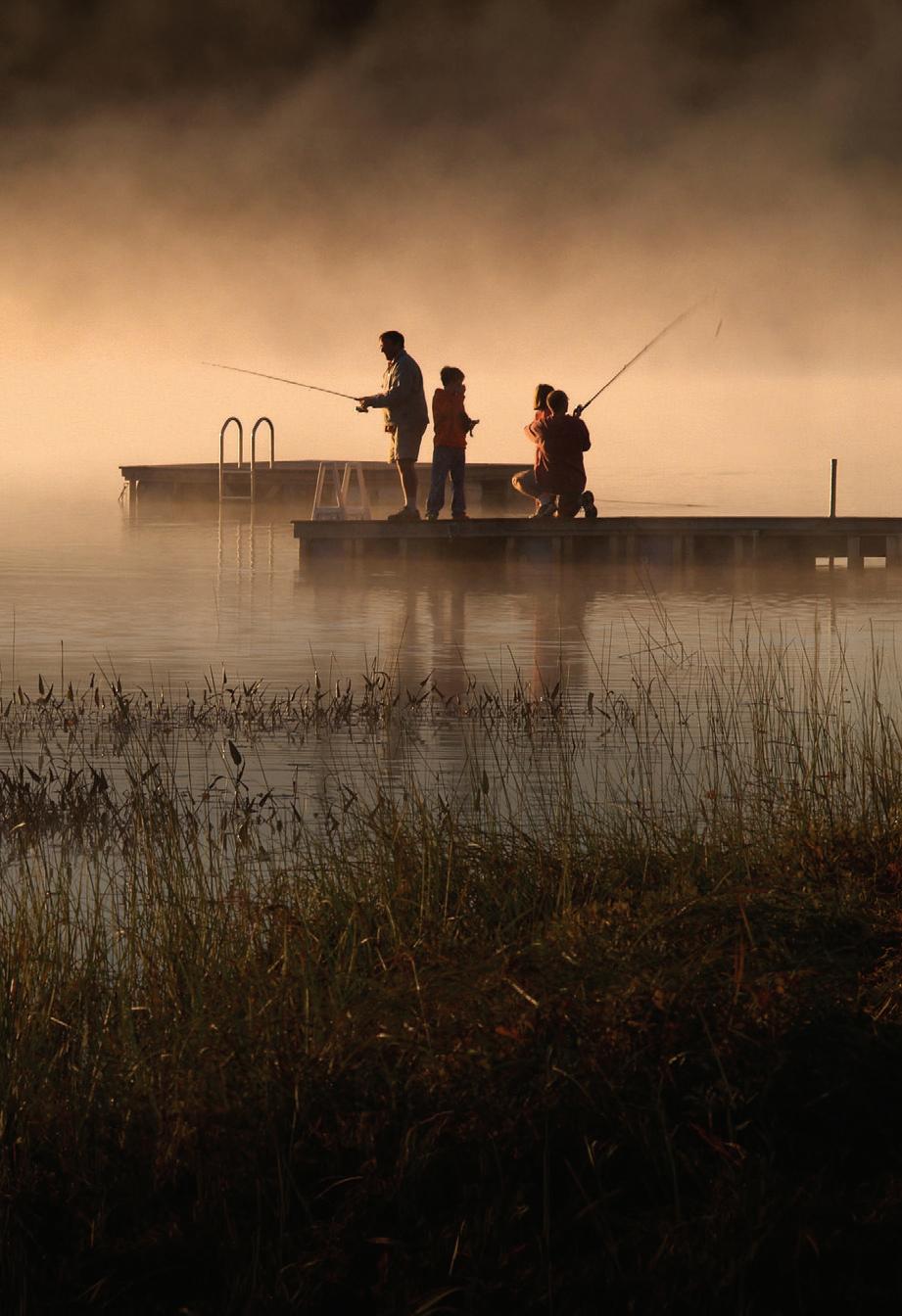
orphaned goslings. One unique and heartwarming fact about Canada Geese is that they are willing to adopt goslings that are not biologically their own. This means that when we admit orphaned goslings, we are often able to foster them out to another family of Canada Geese so that these babies can be raised in the wild where they

belong, giving them a higher chance of survival.
Spring is a busy time for all, and this spring, we encourage you to take a moment to admire the beauty, resilience, work ethic, and craftsmanship of Alberta’s wildlife, both migratory and year-round residents.
tle, or contaminated raw milk.
Infected were some farmyard cats and people that drank unpasteurized milk or ate raw pet food made with poultry or cheese made with unpasteurized milk.
In another situation, AIV was found in a few domestic goats on one farm experiencing an outbreak of AIV in poultry. Authorities continue to monitor this aspect of AIV transmission and particularly any changes in H5N1 genetic makeup that might increase the chances of further mammalian infections. To date, the number of mammalian cases remains low and there is little definitive evidence that infected mammals pass the infection to other mammals. Human health authorities state that the infection risk to people remains low, and largely involves close contact with infected poultry, dairy cat-
Alberta began avian influenza surveillance in wildlife in 2006. We continue to work closely with provincial agriculture and public health officials as we monitor the virus in wild birds or mammals.
Additional information about the Alberta AIV wildlife surveillance program can be found at alberta.ca/avian-influenzain-wild-birds. Or the national wild bird AIV surveillance program at http://www.cwhc-rcsf.ca/avian_influenza.php



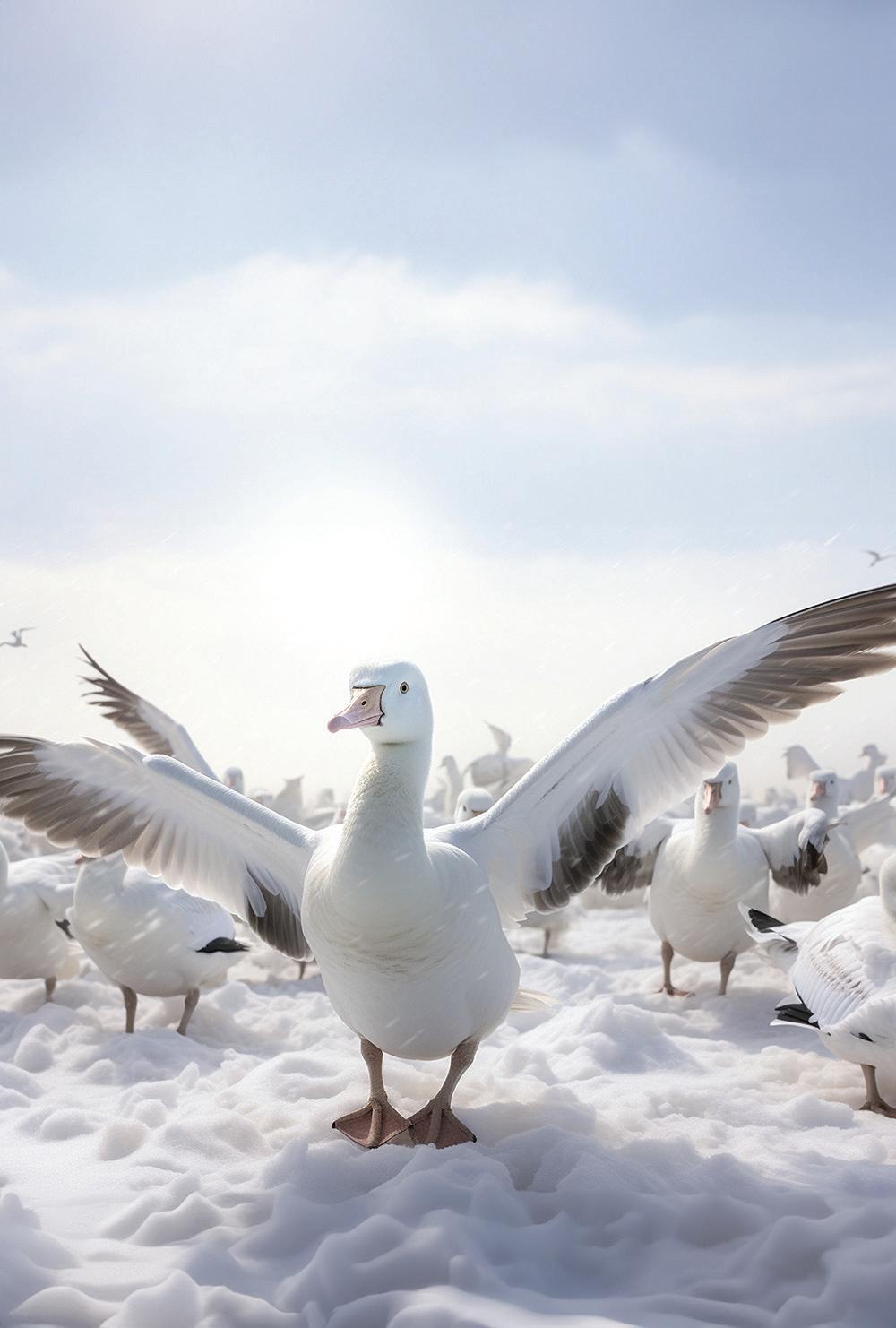

We may never know the impact that the festival, with its many components, has on the public, old and young.
At the arena, the Town of Tofield greeted visitors who had purchased tickets to take bus tours to see the geese and other birds. Every 30 minutes a bus left on a two or three-hour tour with two volunteers, and bird knowledgeable guides on board to direct the bus driver and to show the passengers the many species of birds on the route.
The guides received their directions from Jim Lange who stayed at his desk in the arena for both full days. He received regular updates from the birding scouts who were patrolling the rural roads tracking the mobile flocks of birds. Organized by Gerald Romanchuk and led by Garnet Raven, the scouts had to coordinate their travels to ensure each bus had up to date information every half hour.
Other buses with guides on board took the short ride to the Beaverhill Natural Area where they hiked a loop trail in the natural area, watched bird banding at the Beaverhill Bird Observatory, and heard about the many
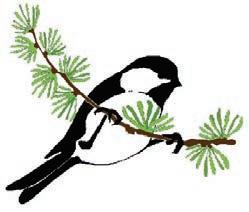
Cont. from Page 2
long-term studies of Tree Swallows, Least Flycatchers, Saw-whet Owls, and other species. One highlight was a Say’s Phoebe, a bird of southern Alberta, that was perched on the natural area fence.
Nature Alberta with funding from the Edmonton Community Foundation hosted 6 buses for Edmonton-based new Canadians and inner-city families.
After a hike at the Strathcona Wilderness Centre they arrived at the Tofield Arena, the headquarters of the event. After their lunch they headed out to see geese before returning to the city with a full day of new adventures to remember.
On Saturday evening, a delicious banquet was enjoyed by 100 participants while they listened to musician, Jenn Guiton before supper, and learned about Swallows, the 21st Century’s Canary in a Coal Mine from Dr. Geoff Holroyd, chair of BBO. The silent auction organized by Ruth Ball allowed participants to out-bid each other for specialty, donated items which raised additional funds for the festival. Ron Ball not only MC-ed the banquet, he organized 4 speakers in the arena dur-
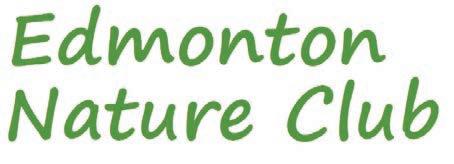
Interested in nature?
The Edmonton Nature Club offers city walks and out of town field trips, a speaker series, and study group presentations about bugs, plants and birds. Spring 2025 special offer for new members! Purchase a $40 annual family membership through our website and have it extended through 2026. edmontonnatureclub.org Join us for birding, botany and bugs!
ing the two days.
We thank the members of the steering committee: Town of Tofield (cochair Vanita Eglauer, Cindy Neufeld), Beaverhill Bird Observatory (Geoff Holroyd co-chair, Jana Teefy), Beaver County (Kevin Smook), Strathcona County (Glen Lawrence, Sharon Sisson), Alberta Conservation Association (Chuck Priestley), Claystone Waste Ltd (Anne Ruzicka), North America Waterfowl Management Plan (Greg Hale), Nature Alberta (Kethu Mendis), Edmonton Nature Club (Brian Stevens, Gerald Romanchuk, Jim Lange), Beaverhills Biosphere (Brian Ilnicki), WildNorth
(Kim Blomme, and Canadian Wildlife Service (Garnet Raven), Alberta Environment (Nathalie Olson). And we thank the funders: Alberta Conservation Association, Edmonton Community Foundation, Beaver County, Strathcona County, Claystone Waste Ltd, Home-Time Realty, Tofield Mercury, North America Waterfowl Management Plan, Beaverhill Bird Observatory, and Town of Tofield. We also thank the organizations and vendors who had displays in the Tofield Arena. A special thank you to the many volunteers who scouted for geese, those who were guides on the busses and the speakers.
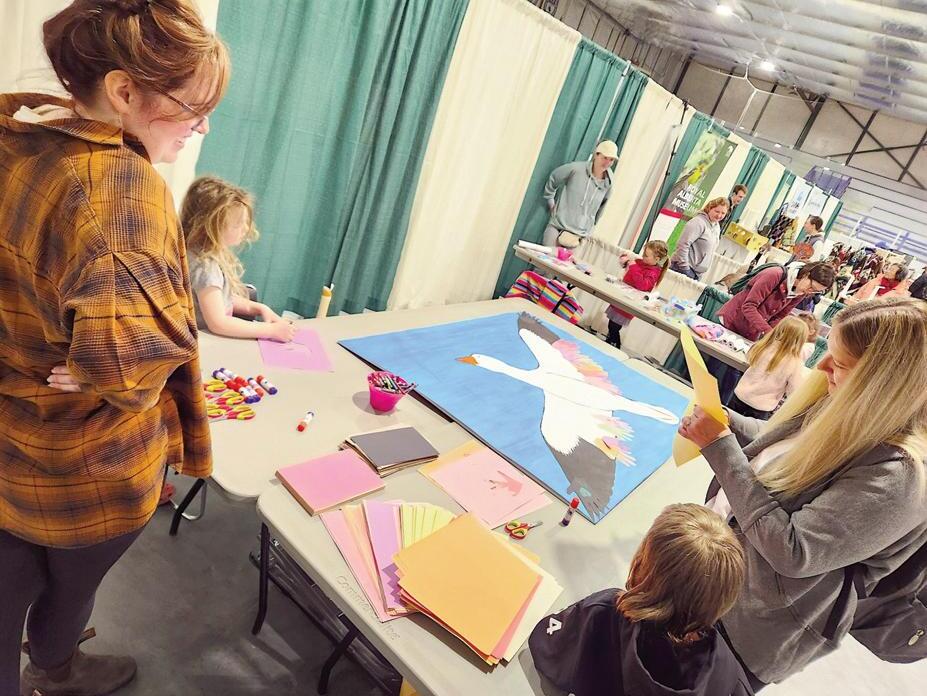
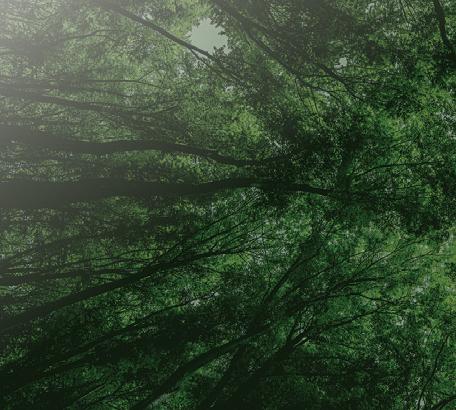

Glen Lawrence
y Lawr ou to the ence welcomes y
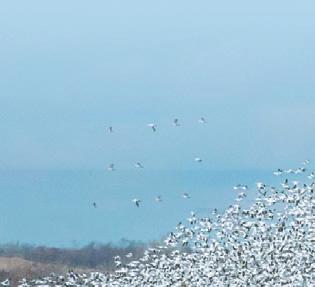


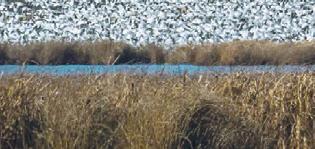
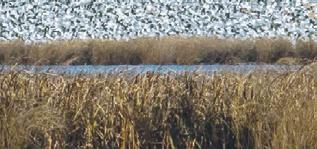
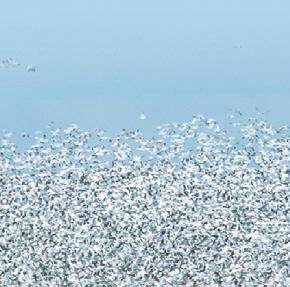




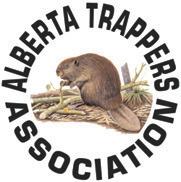


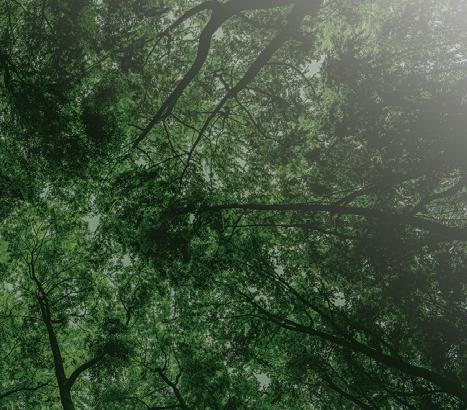
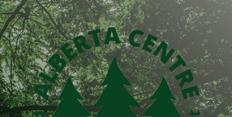
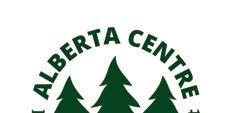
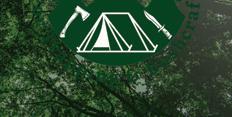
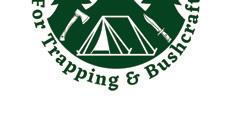

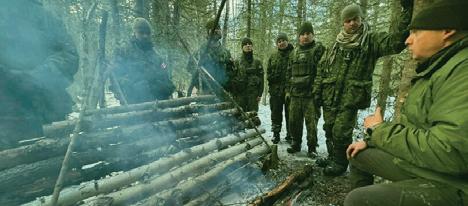
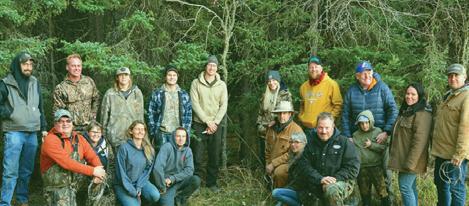
GLEN LAWRENCE, Ward 7 councillor for Strathcona County
In 1993, the Canadian Wildlife Service had a vision: “Why not capitalize on a natural resource that happens every spring?”
They wanted to establish a celebration of spring bird migration, which is an opportunity for nature enthusiasts, bird watchers and interested members of the public to view the many species of birds that stop near and on Beaverhill Lake as they migrate northward.
They approached the Town of Tofield and Ducks Unlimited to initiate an annual event. Thus, the Beaverhill Lake Snow Goose Festival was born. This family-oriented celebration provides transportation, tours and hikes around Beaverhill Lake and Beaver County which are led by naturalist volunteers. In the Town of Tofield, a trade fair and numerous activities provide additional options for visitors.
At the time, the Snow Goose Festival was one of the most popular and successful events of its kind in Canada, if not all of North America. An estimated 3,400 people attended the first festival, and more than 6,000 people participated in its last year (April 20-21, 2002). The festival ran rain or shine, but generally participants were rewarded with the sight of thousands of Snow Geese and other migratory bird species.
Local leaders and partner organizations involved in establishing the festival included the Town of Tofield, Ducks Unlimited, Canadian Wildlife Service of Environment Canada, Edmonton Natural History Club/Edmonton Bird Club, Alberta Environmental Protection/Fish and Wildlife, Beaverhill Bird Observatory, Beaver County and Strathcona County to name a few.
Local businesses, schools, artisans, non-governmental organizations, and the general community provided on-
site volunteers, concessions, art shows and displays, activities, and financial support for the event. Held in the Tofield Arena and curling rink, the trade show featured 40 displays and live music through the weekend.
Sixty bus tours carried 2,200 people on tours to look for Snow Geese, waterfowl, and other spring birds. Sometimes a brilliant male Western Bluebird was the highlight if spotters could not keep track of moving flocks of geese. Some bus tours started and ended in Edmonton, several of them catering to inner-city youth and families that did not have private vehicles to drive to Tofield. Despite the best efforts of drivers, a few busses even became stuck on the soft spring roads.
In 1993, when the festival began, there were 10 such wildlife festivals in North America, and the Snow Goose Festival arguably attracted the largest audience. By 2002, 240 festivals were held across the continent. In 2010, 90 festivals were held in Canada, 22 of them in the three prairie provinces. These festivals offer many benefits to participants, who learn about wildlife biology, conservation, habitat, climate change, and a myriad of other issues.
Years of drought led to reduced water levels in Beaverhill Lake, which in turn resulted in a declining number of birds in the area, longer bus rides to reach them, and fewer accessible viewing sites for this spectacular event. Some major sponsors withdrew their support of the festival as staff and managers changed. Tofield alone was unable to replace the expertise, which led to the decision to suspend the festival after 2002.
Here we are 23 years later and Beaverhill Lake is full of water and the spring return of huge flocks of snow geese is upon is. It was agreed by organizations and individuals to work toward renewing the Snow Goose Festival in April of 2023. Keep your cal-

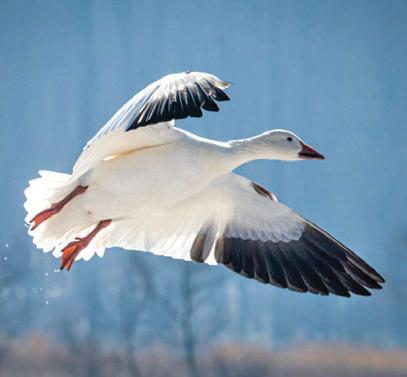
endar open for the weekend of April 26 - 27 and be prepared to have fun. For more information on the Beaverhill Lake Snow Goose Festival or how you can get involved, please contact myself at 780-257-3882.


Glen Lawrence is the Ward 7 councillor for Strathcona County. He can be reached by calling 780-464-8003 or by emailing glen.lawrence@strathcona.ca.
